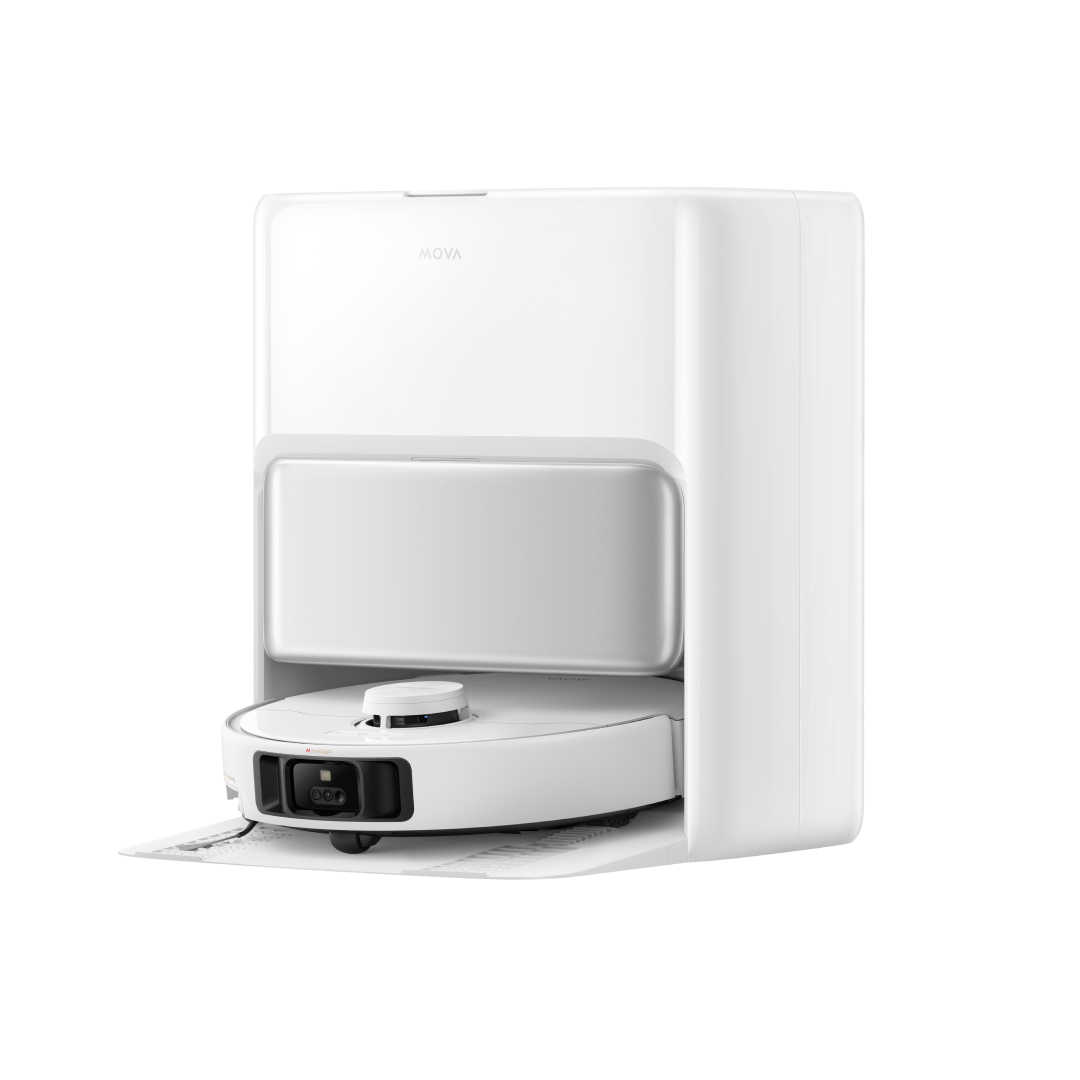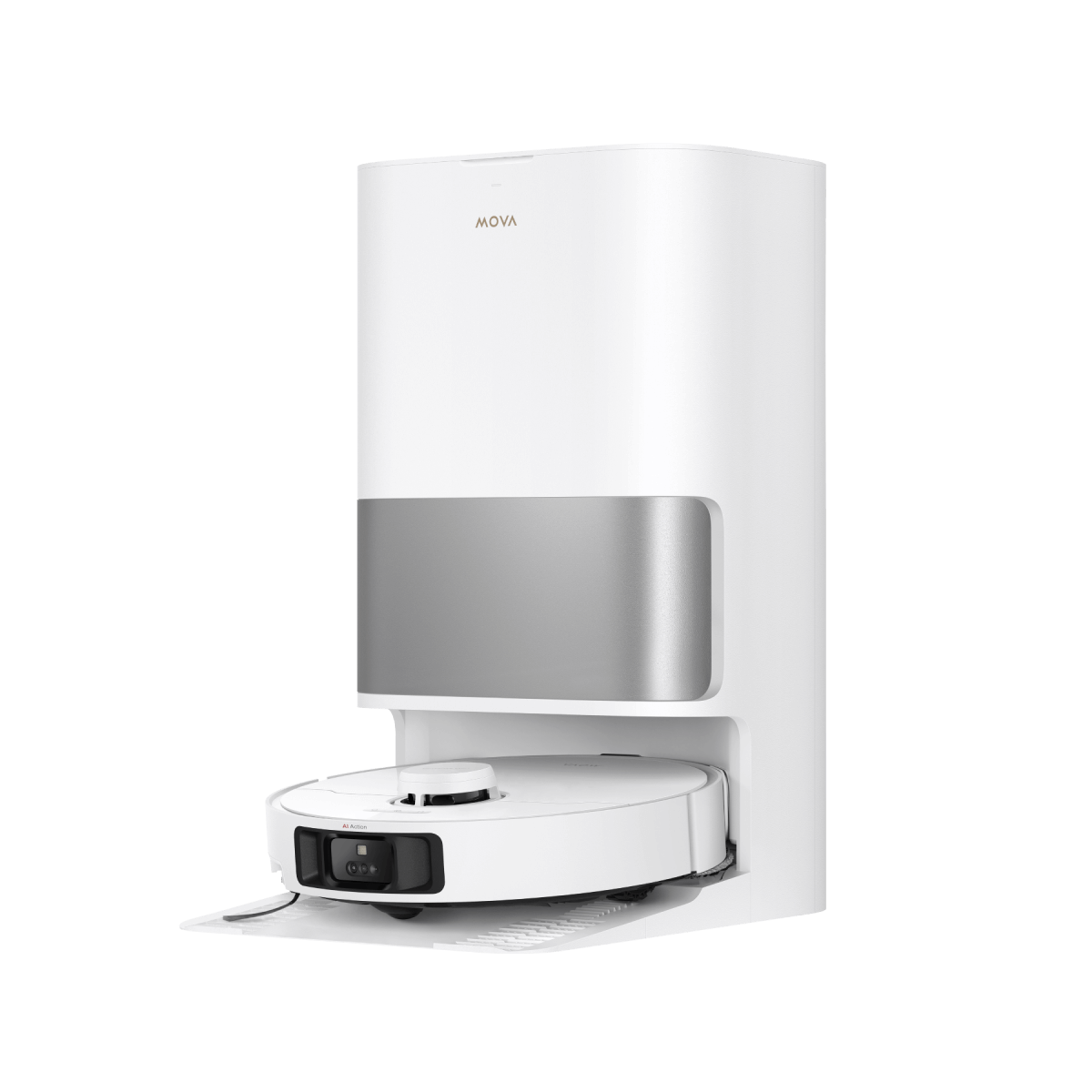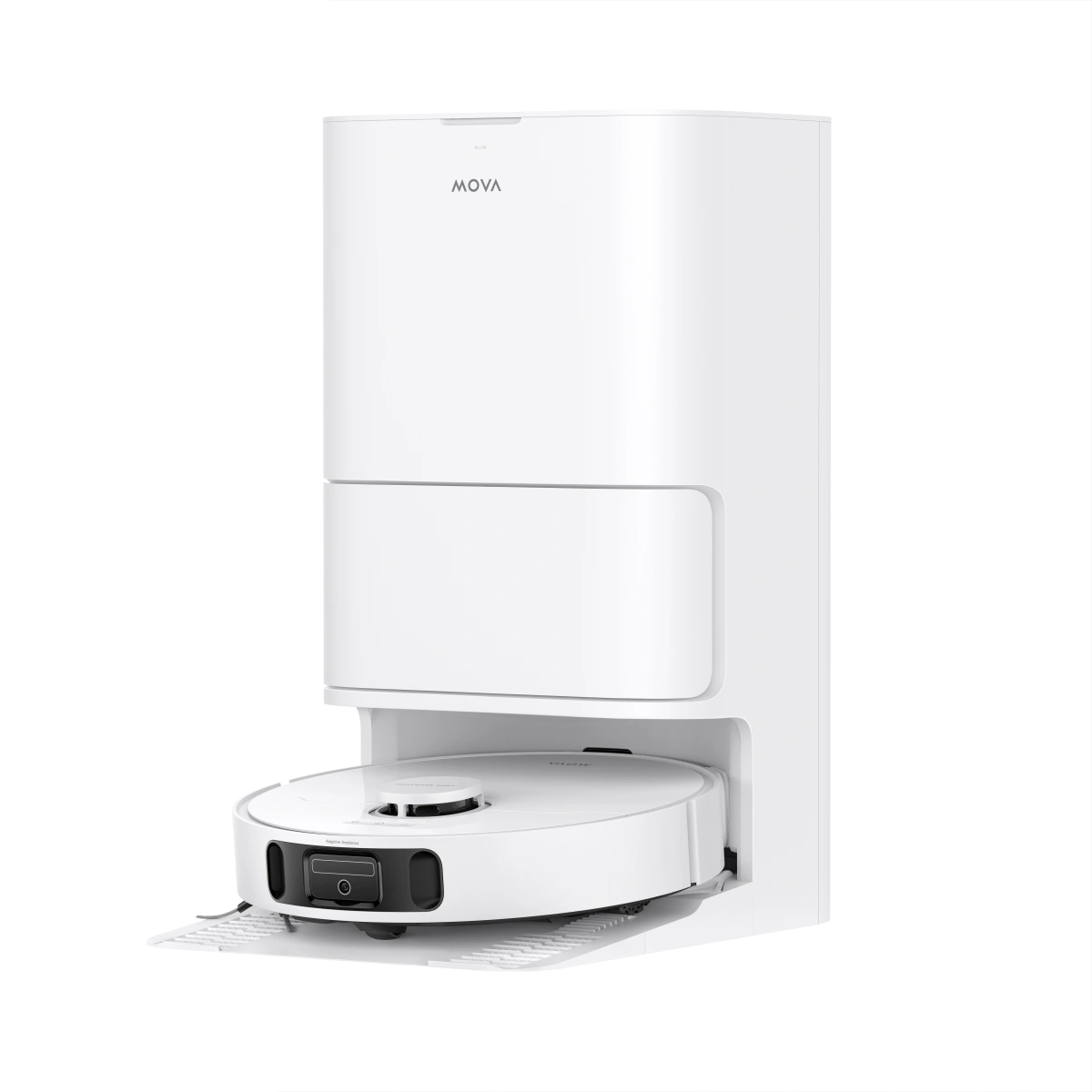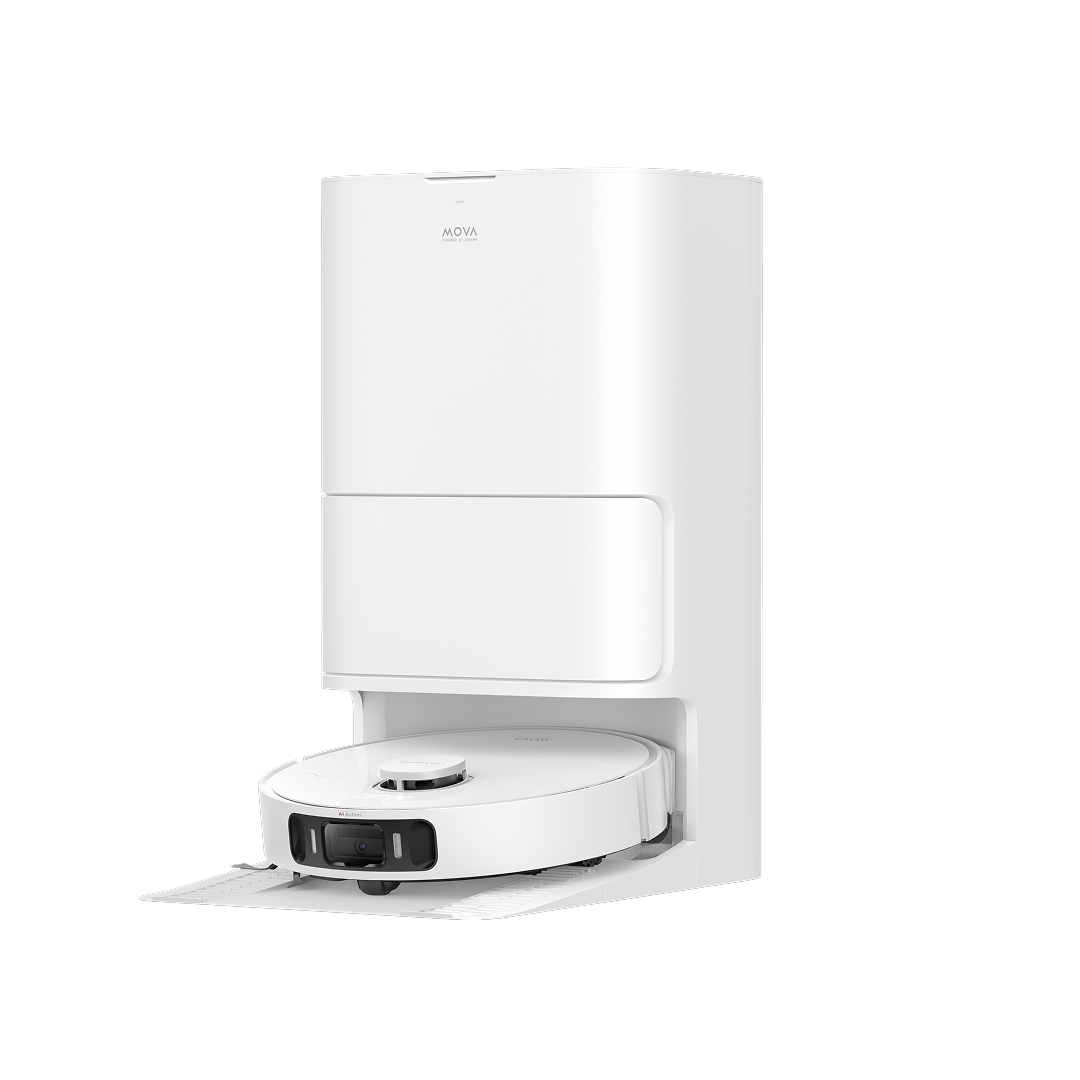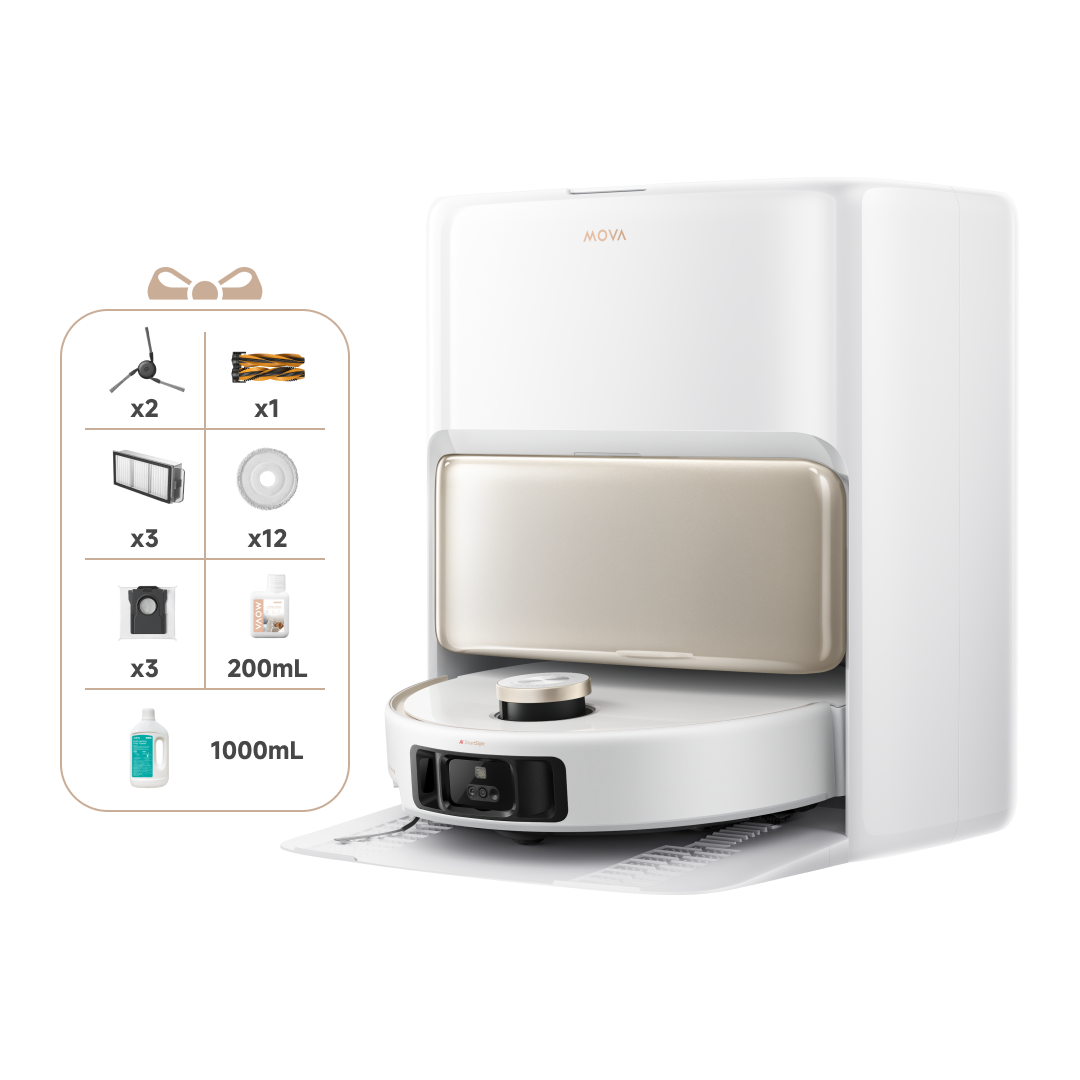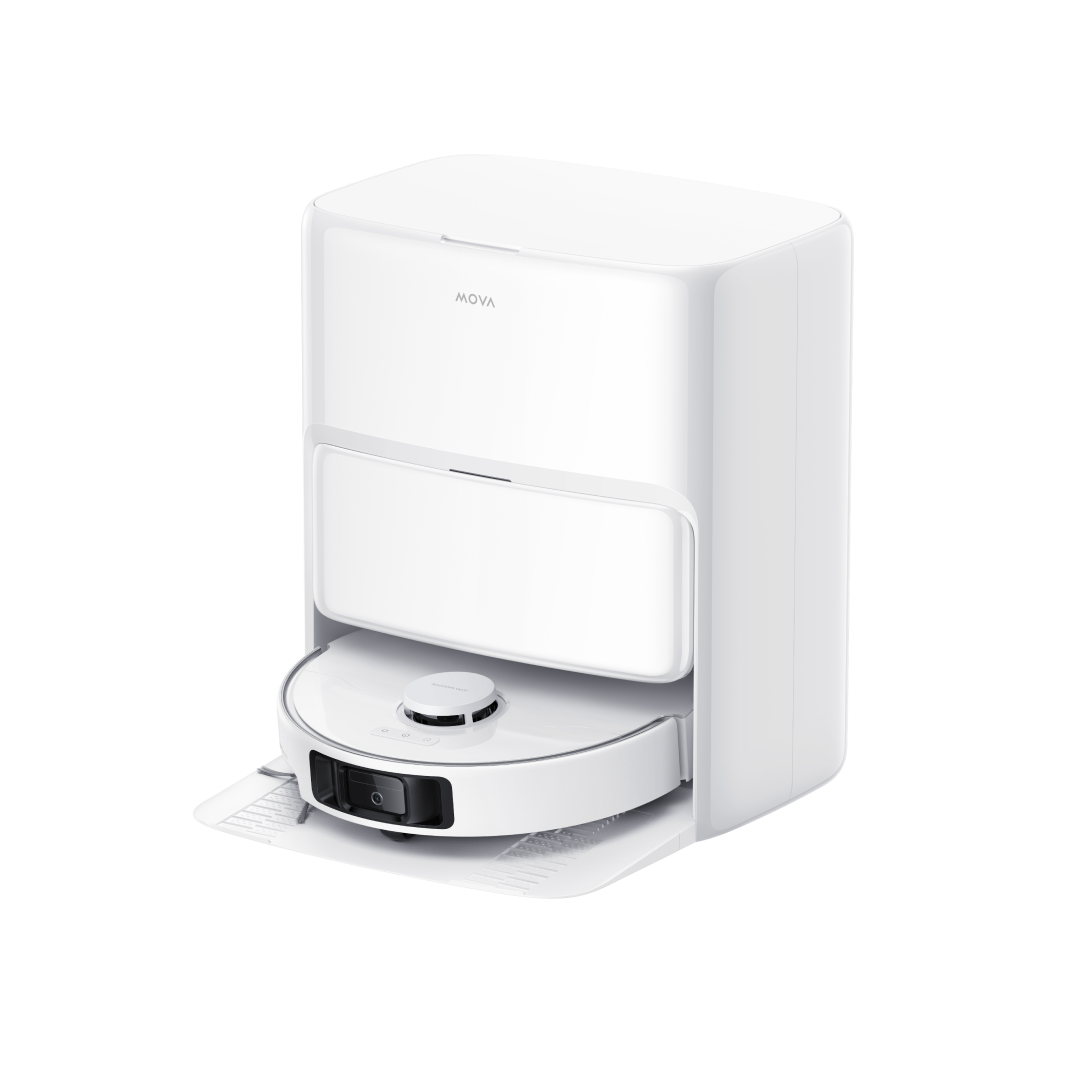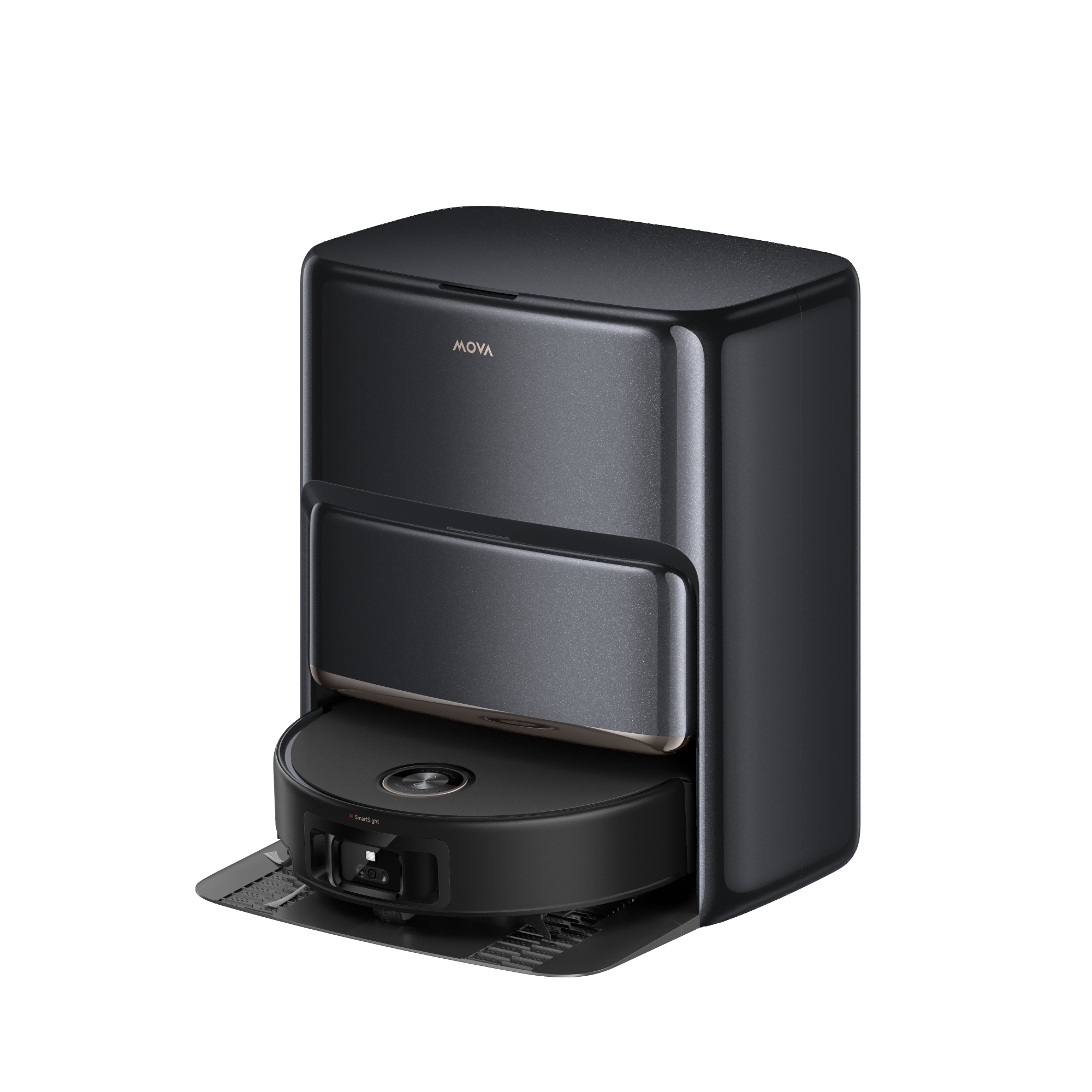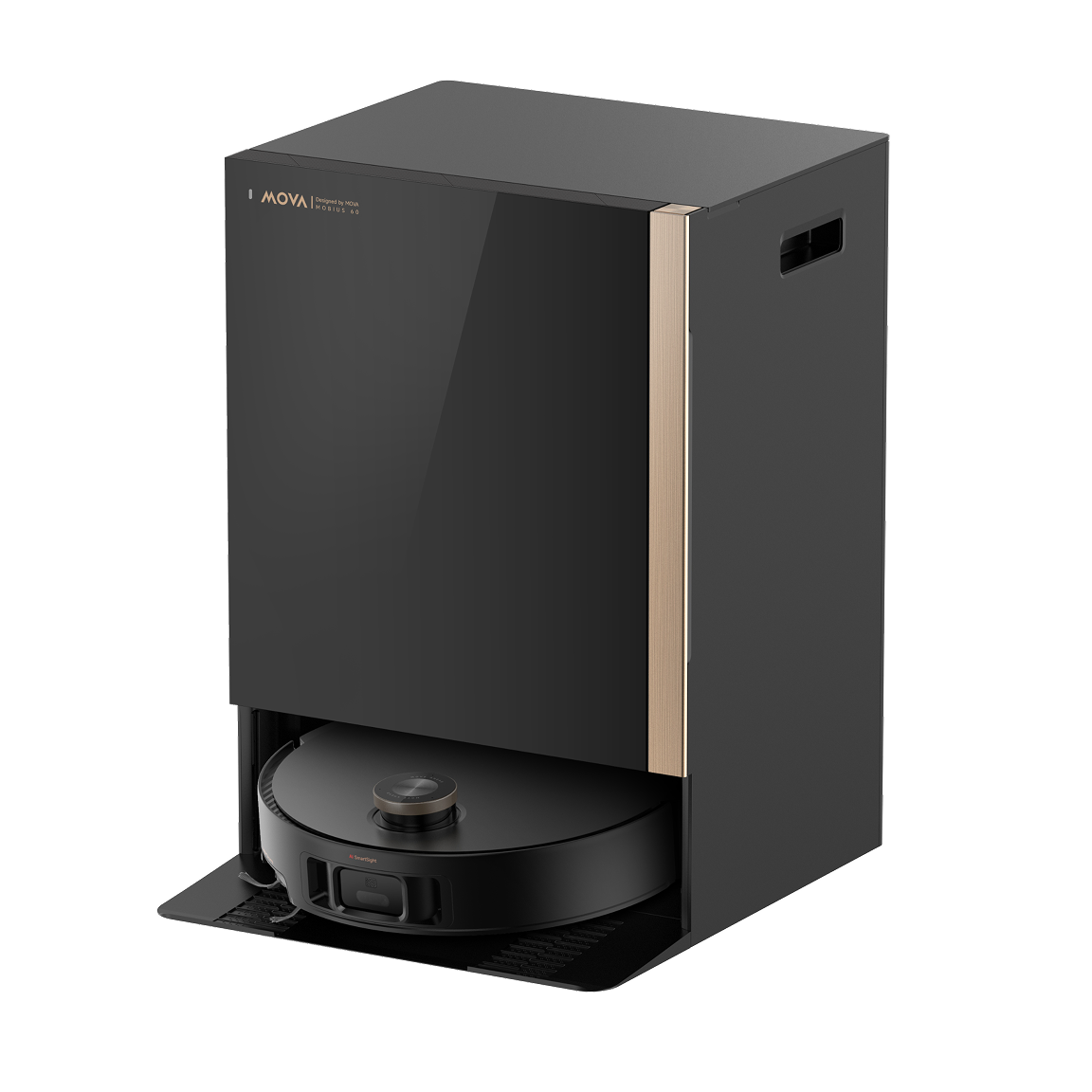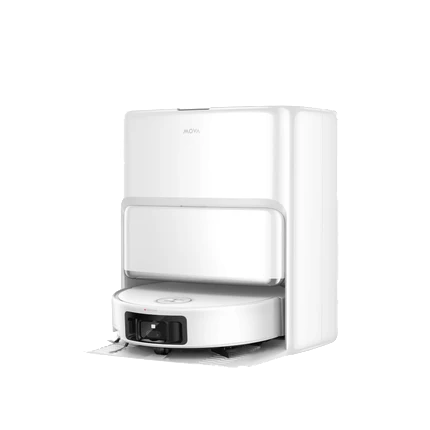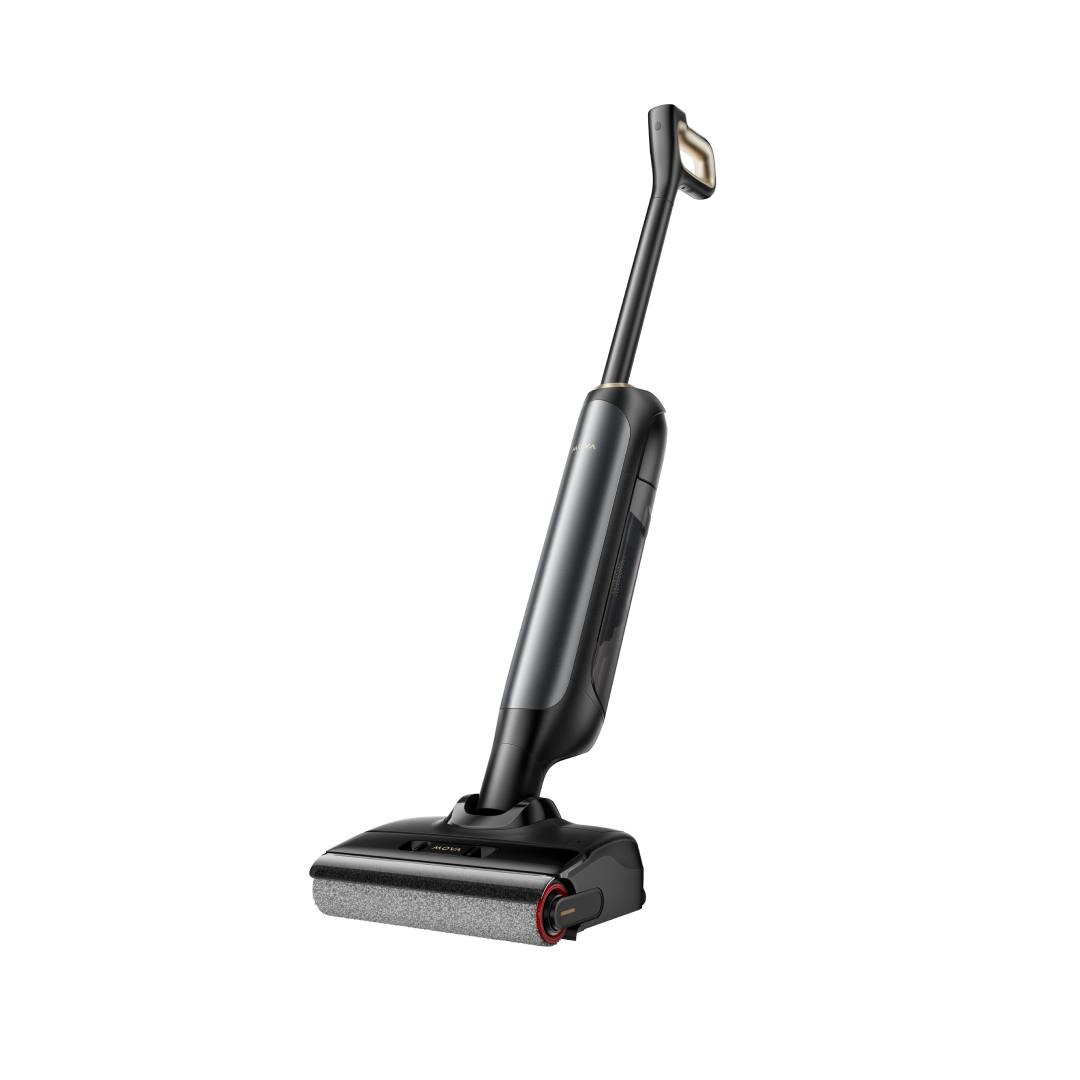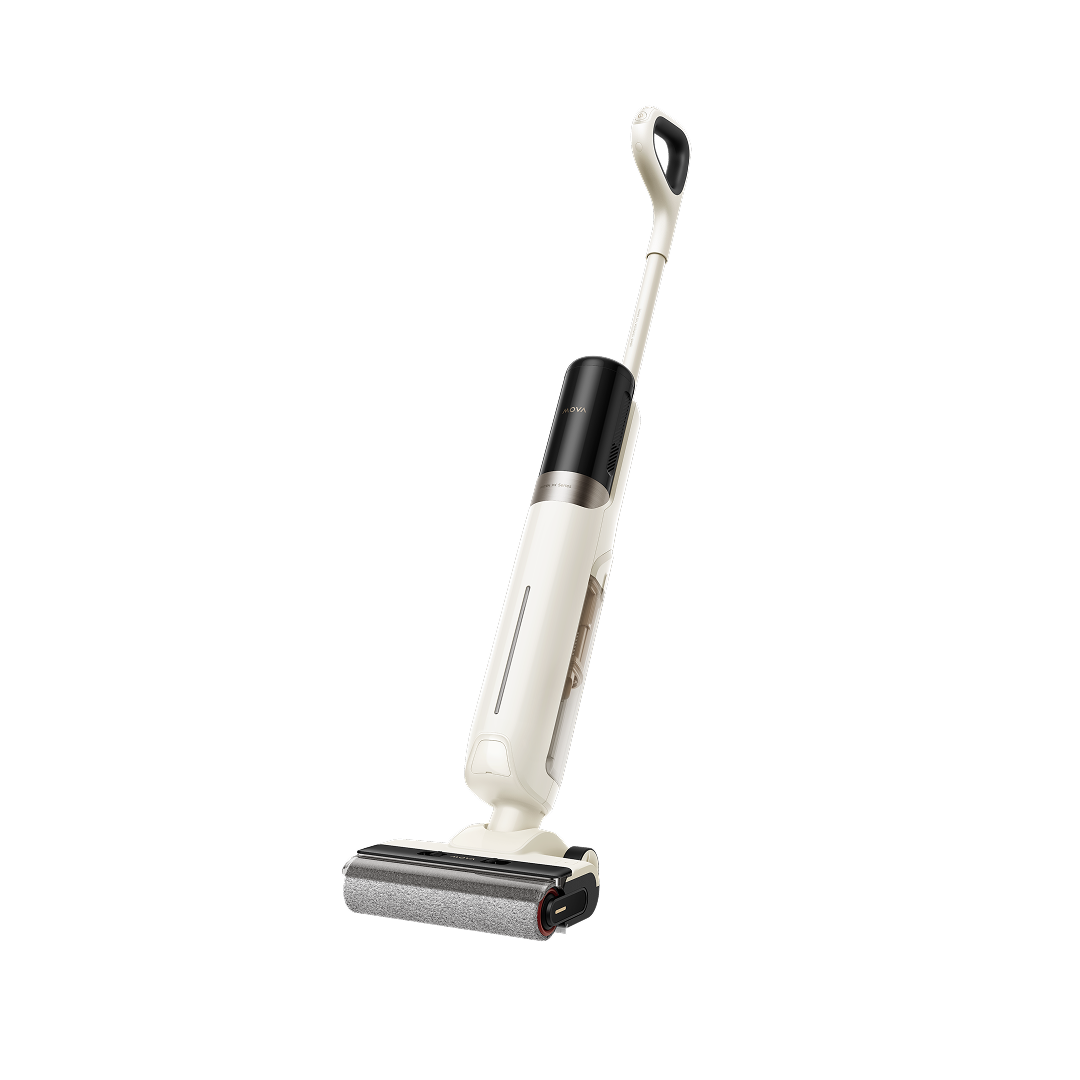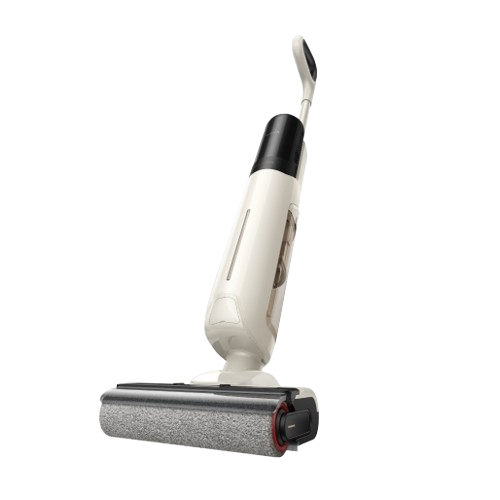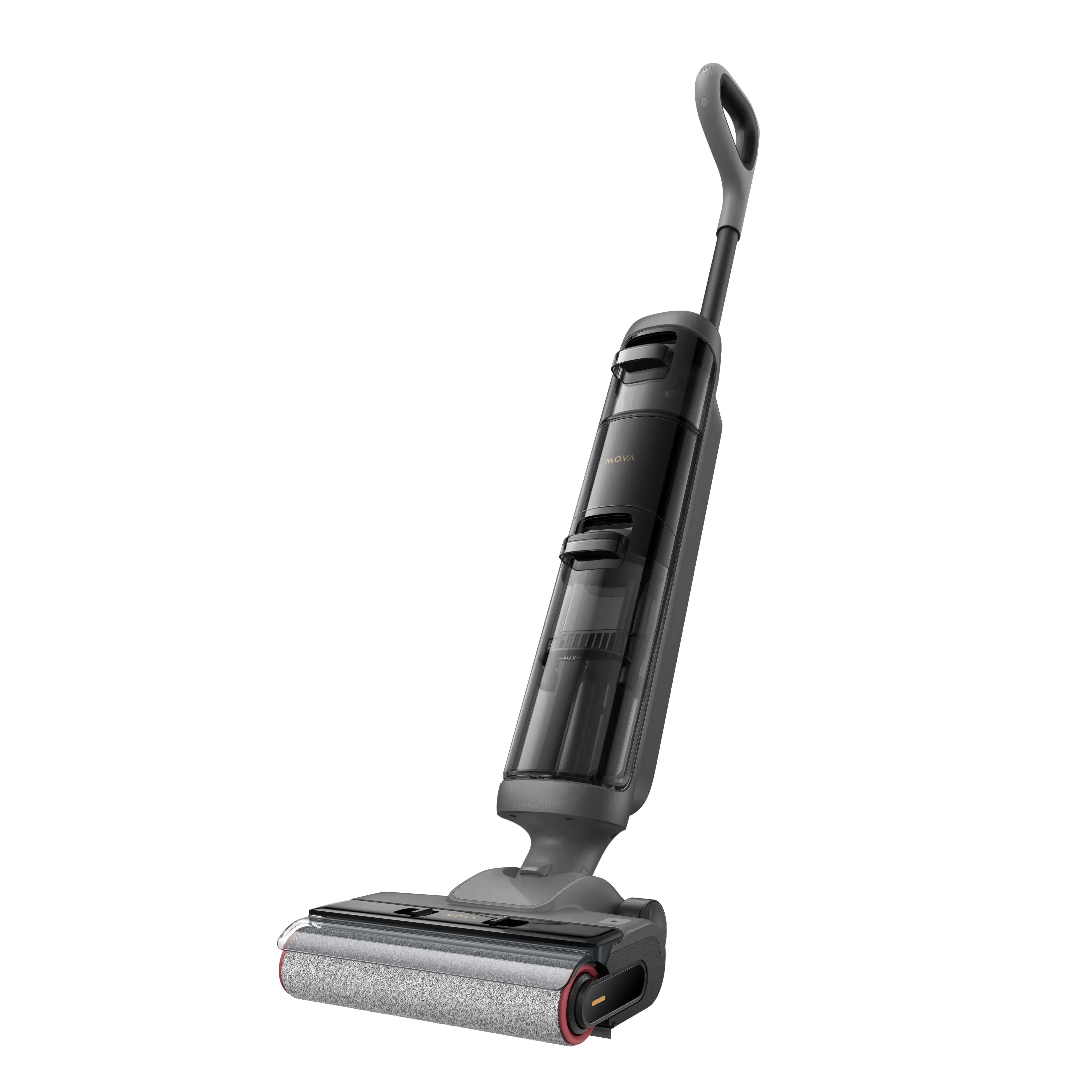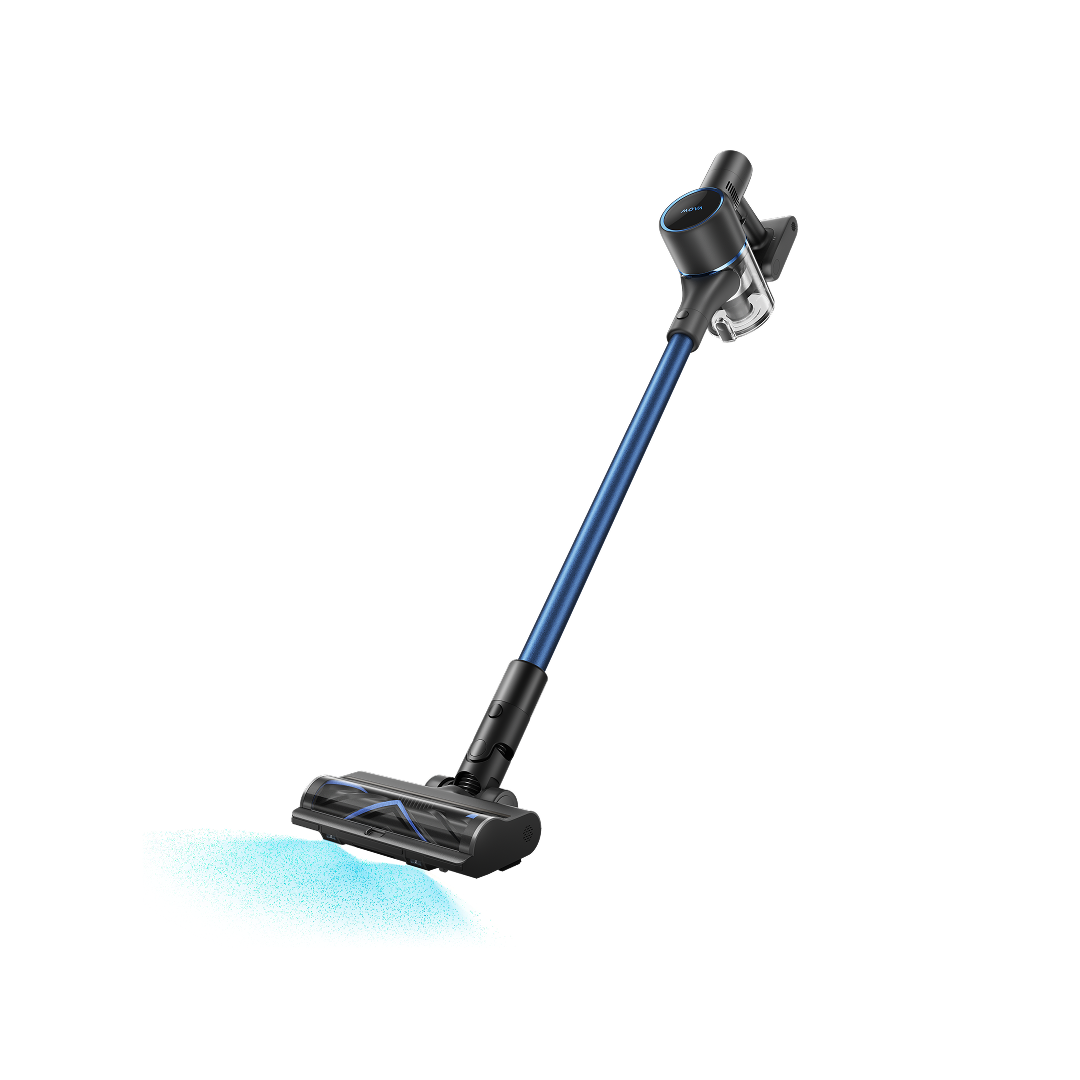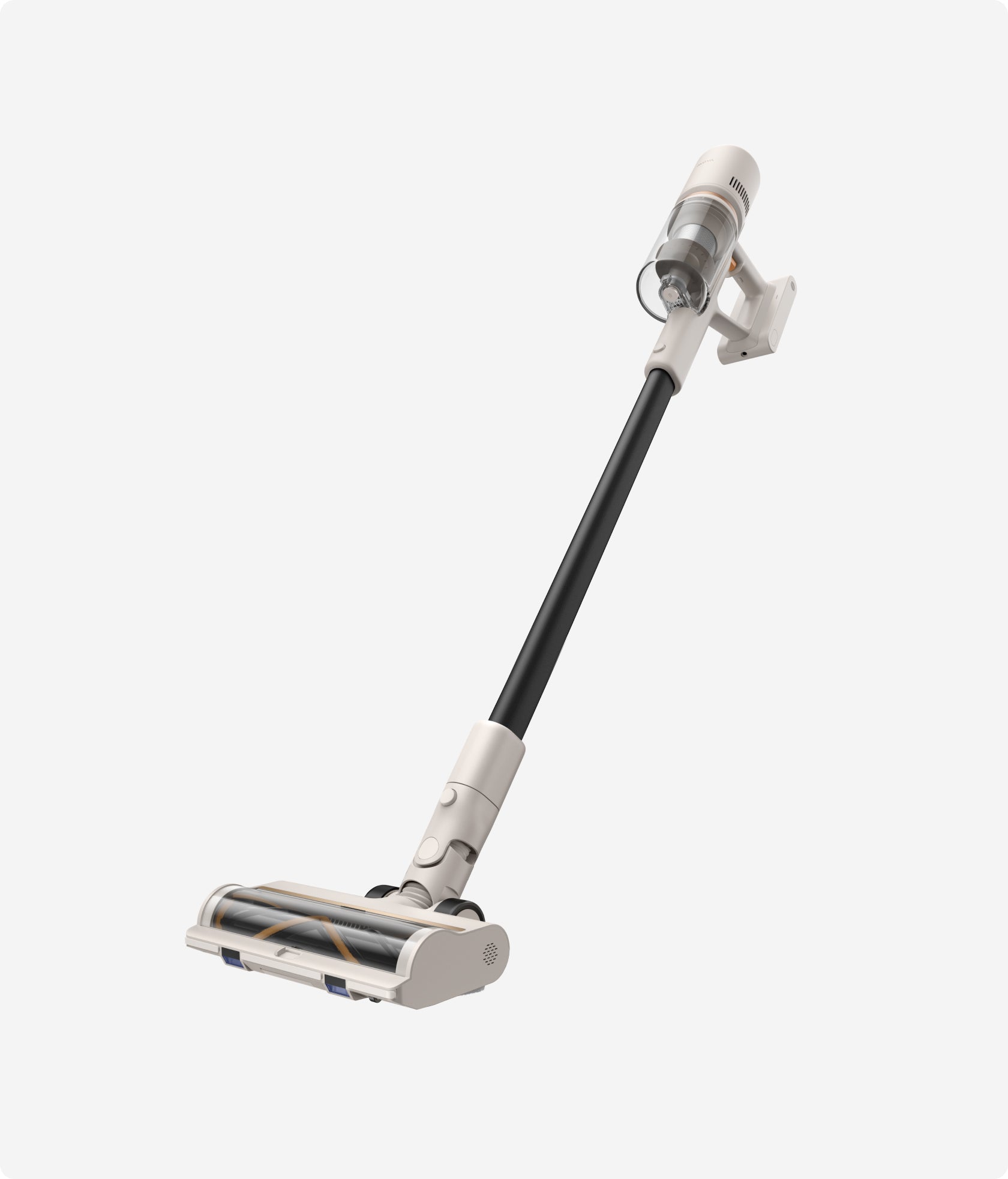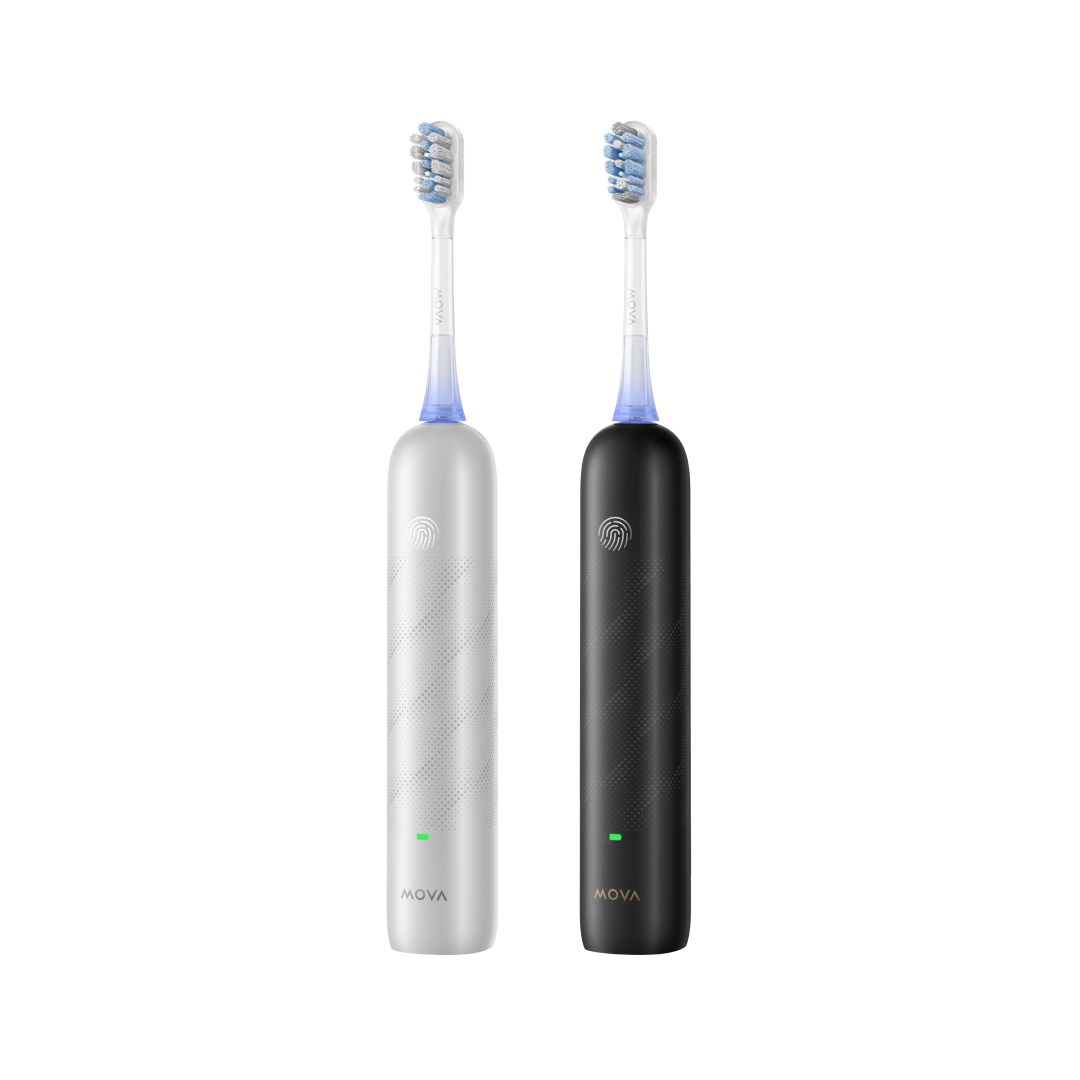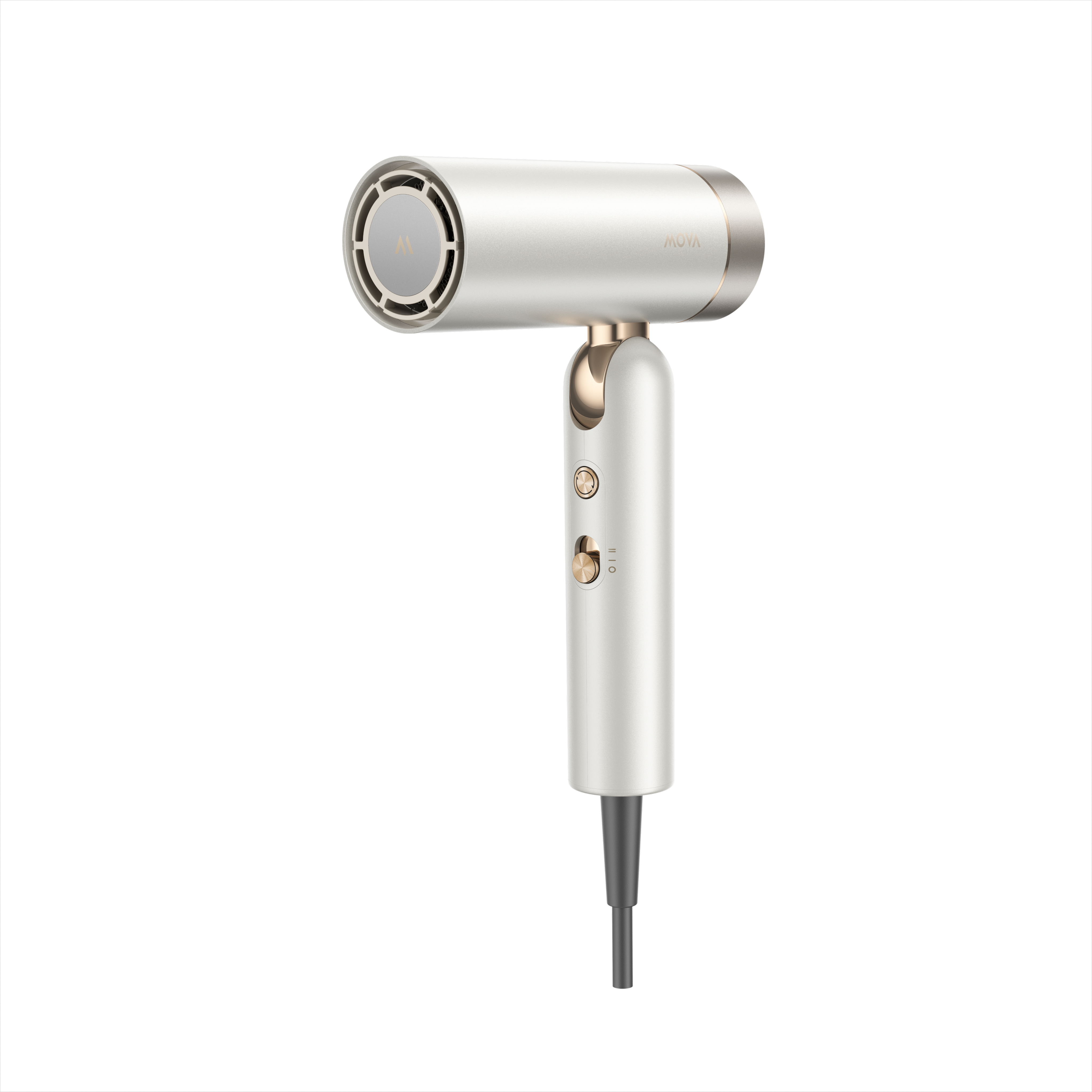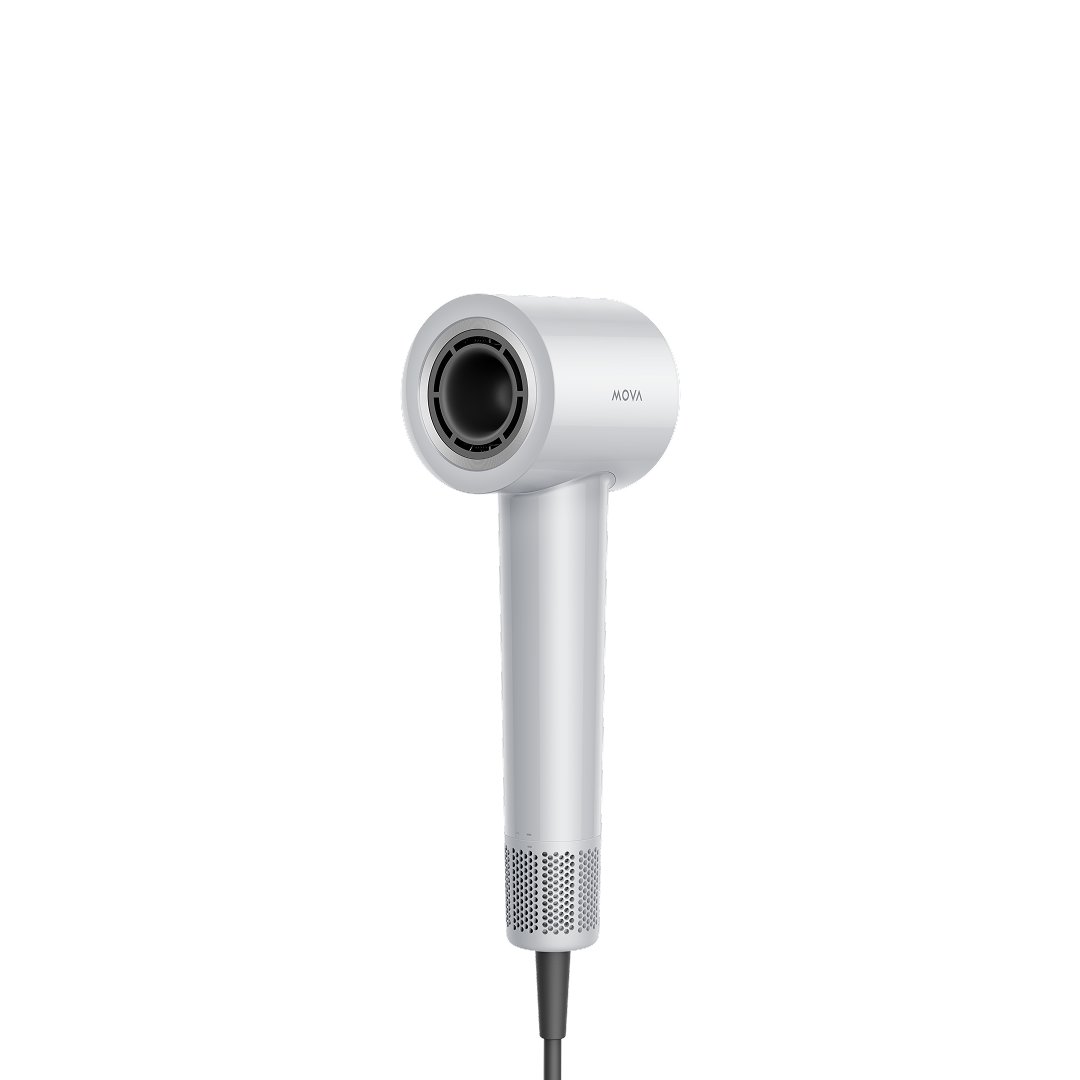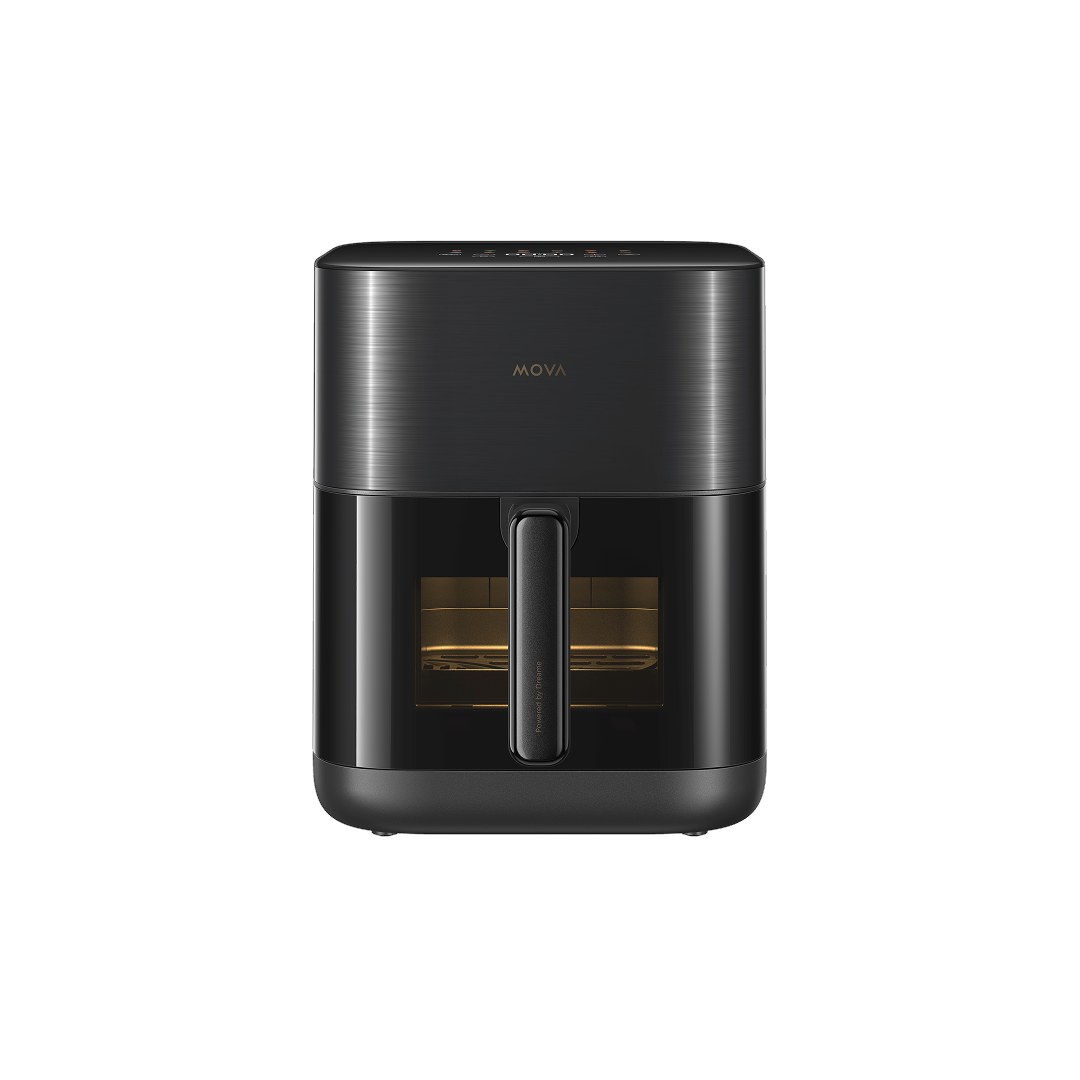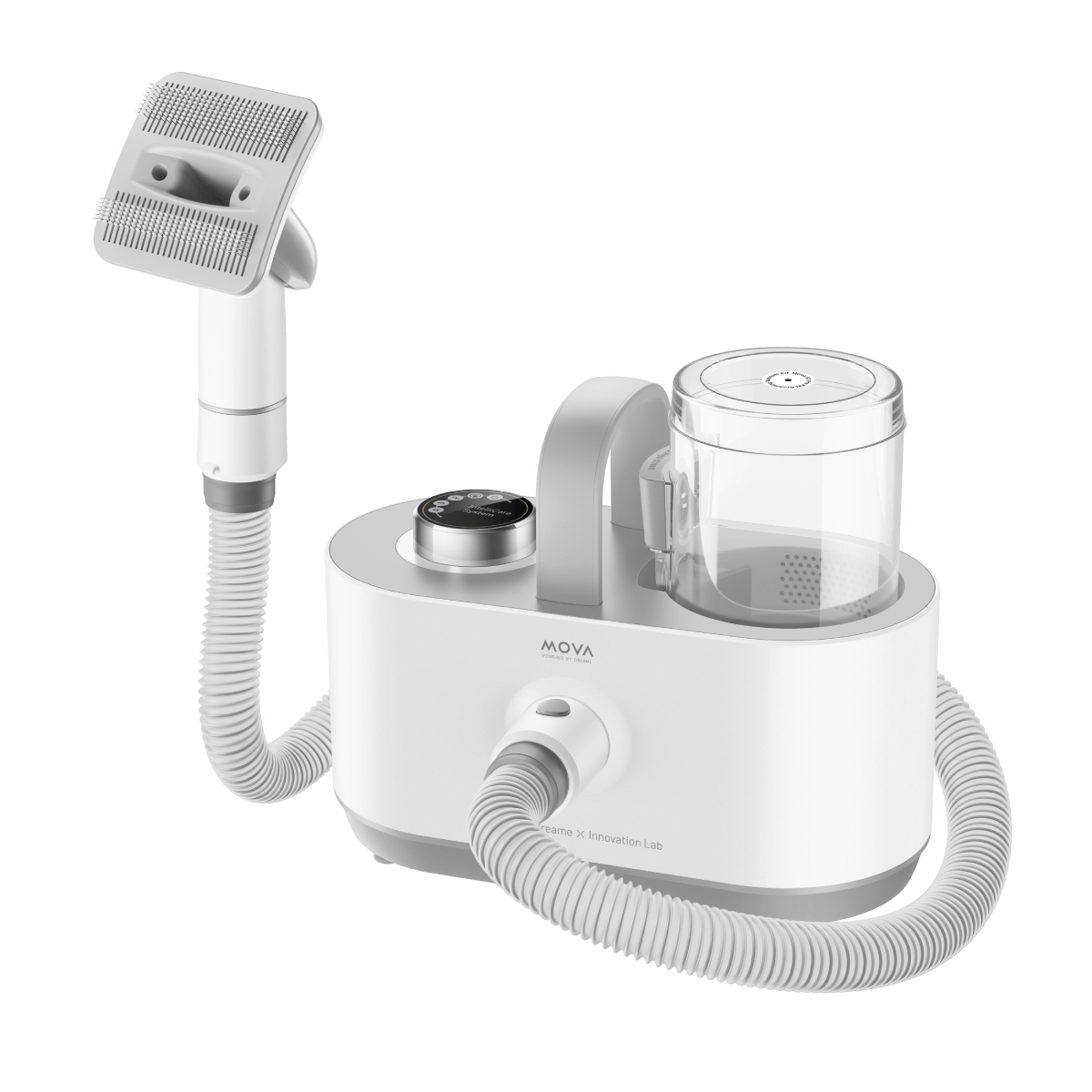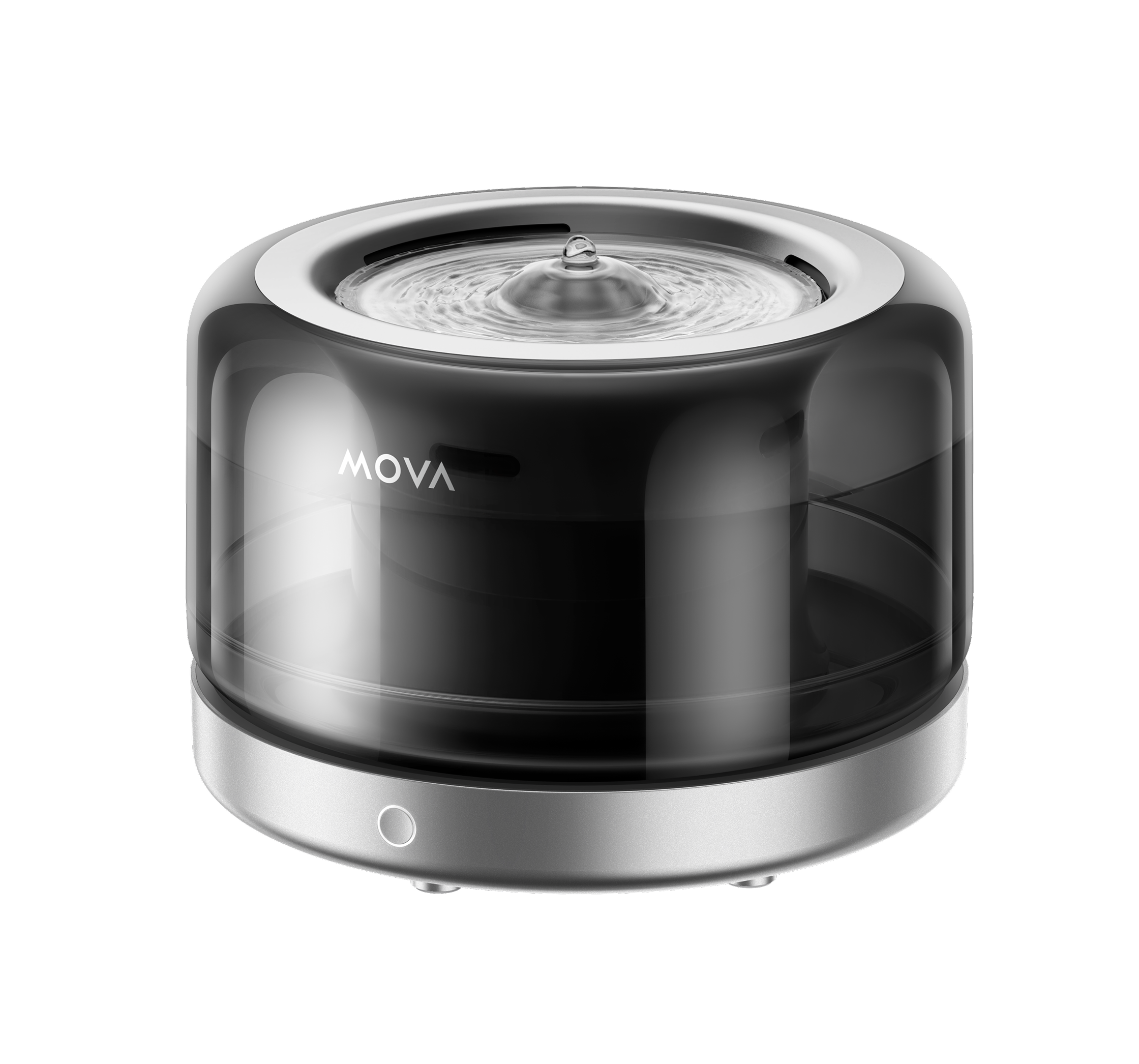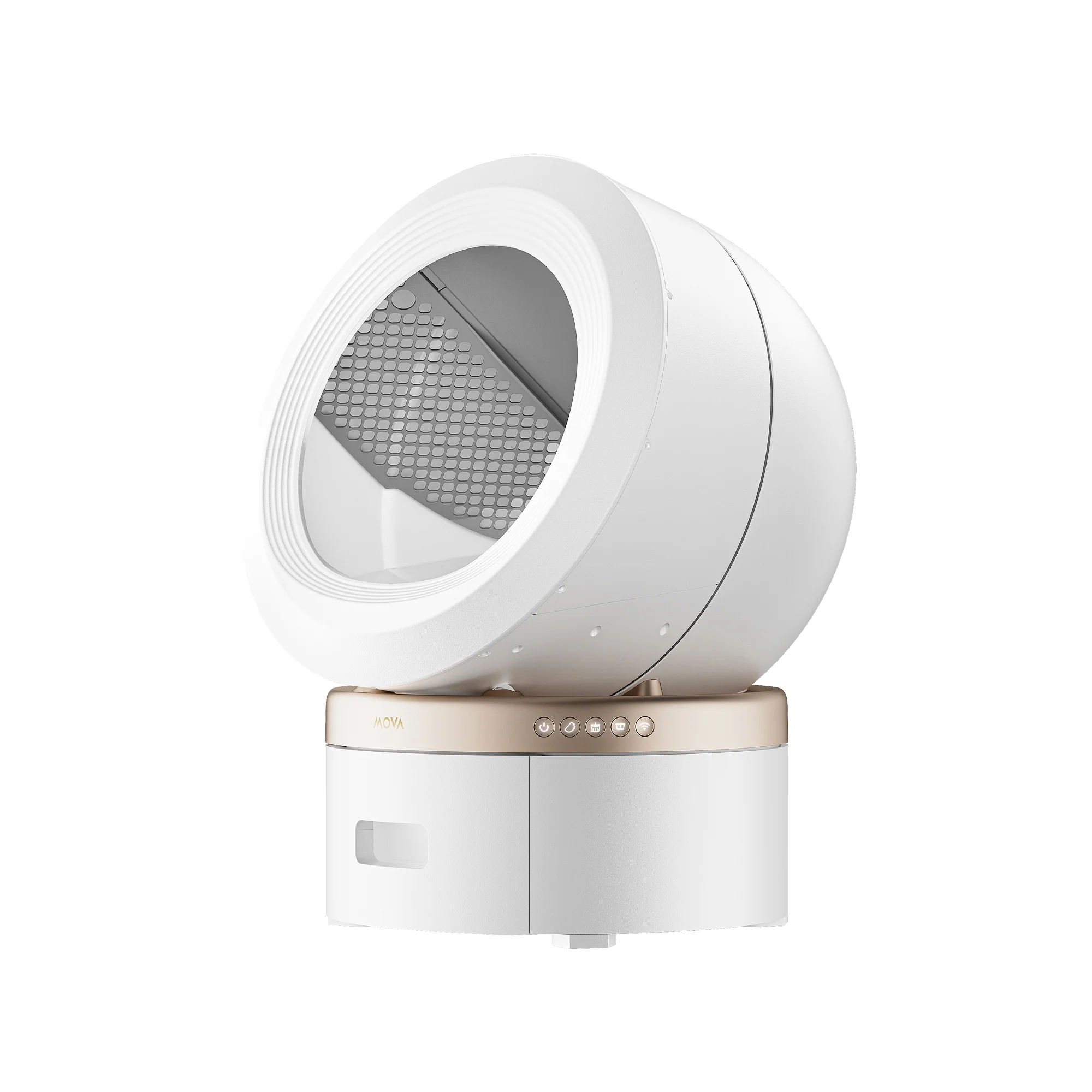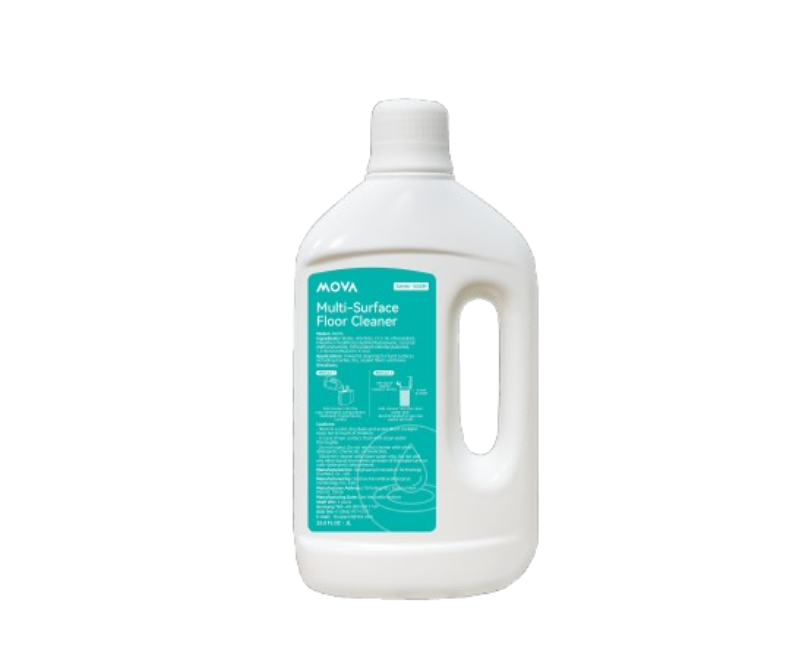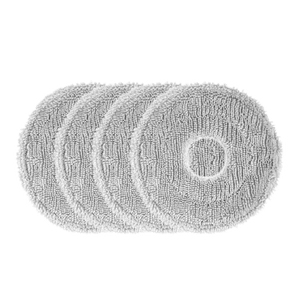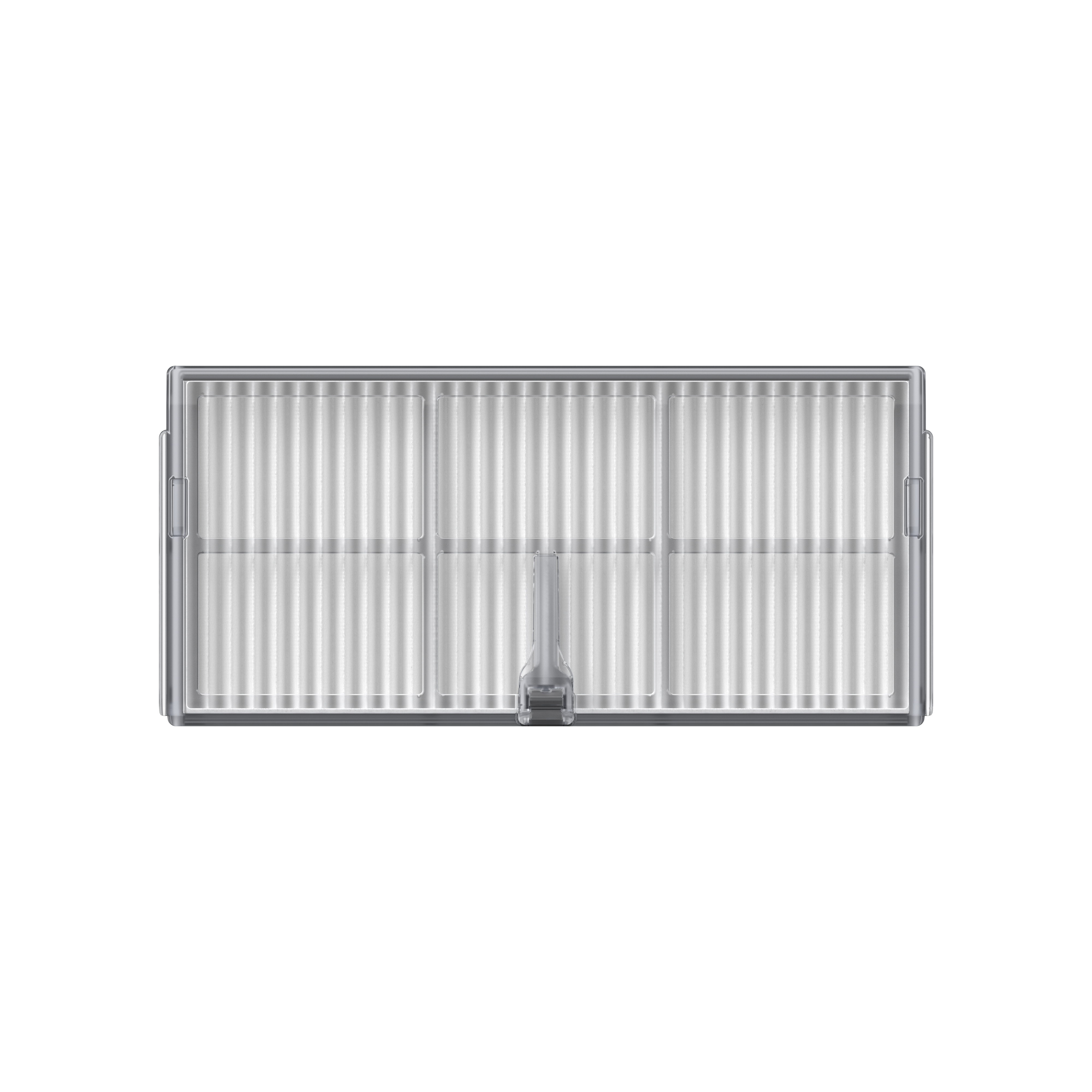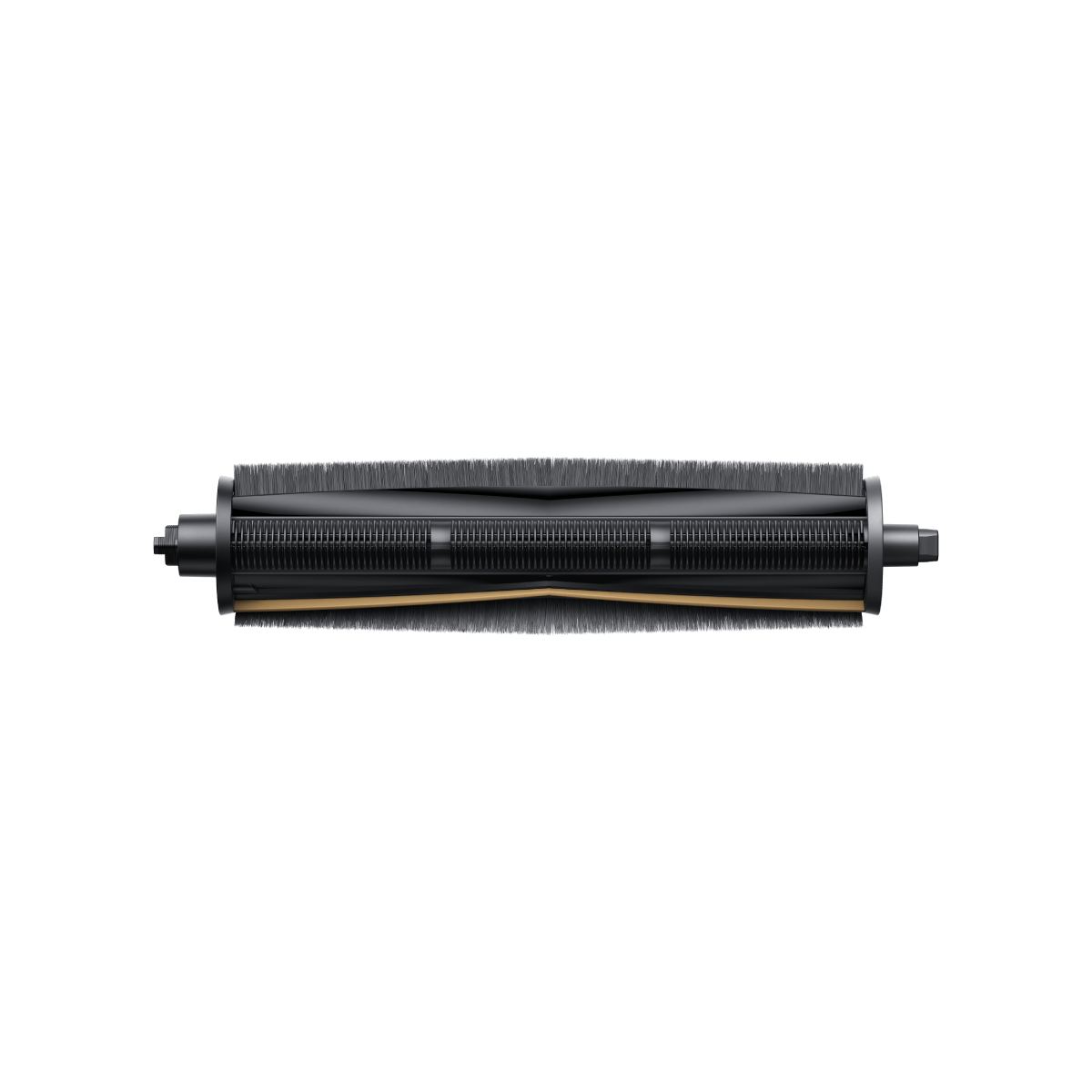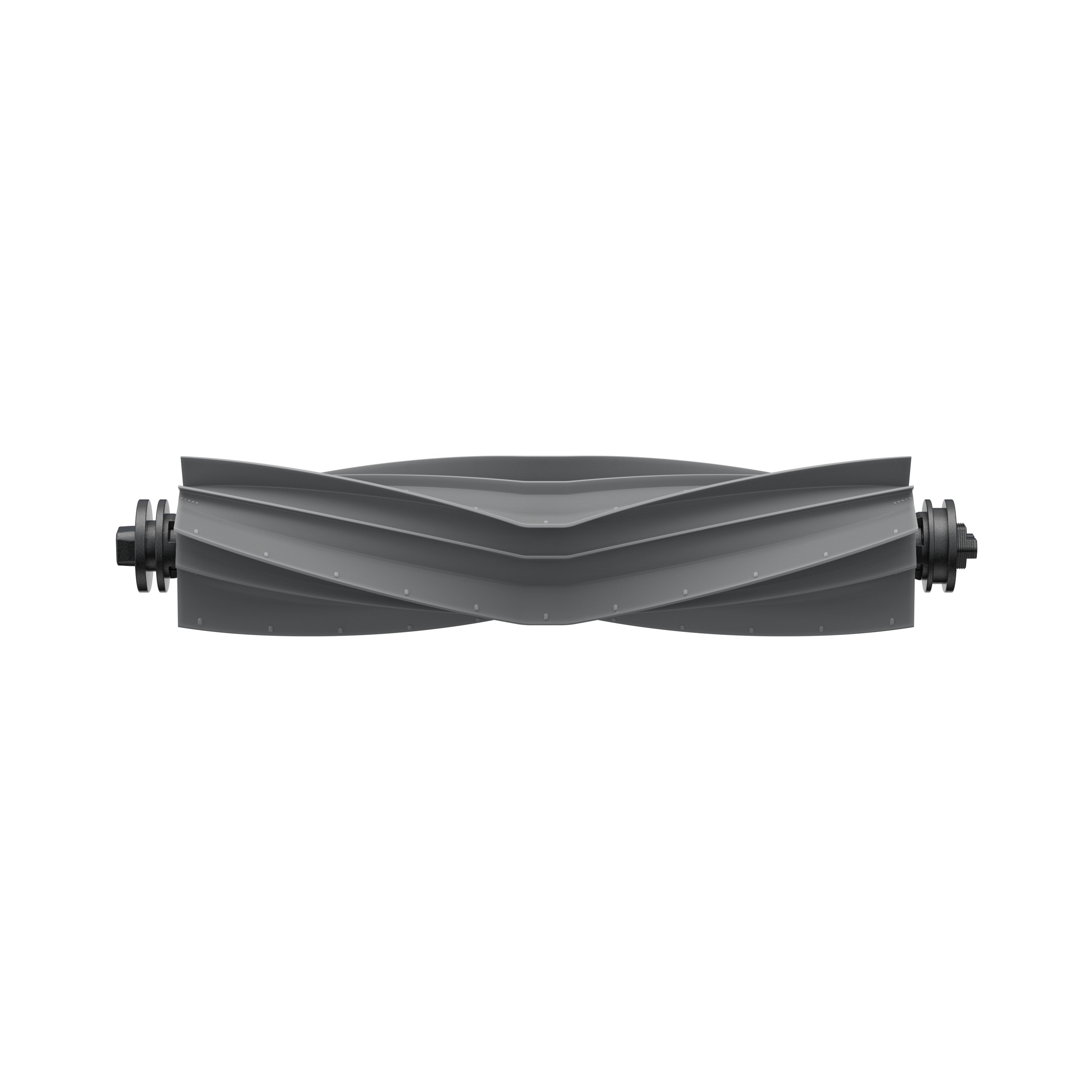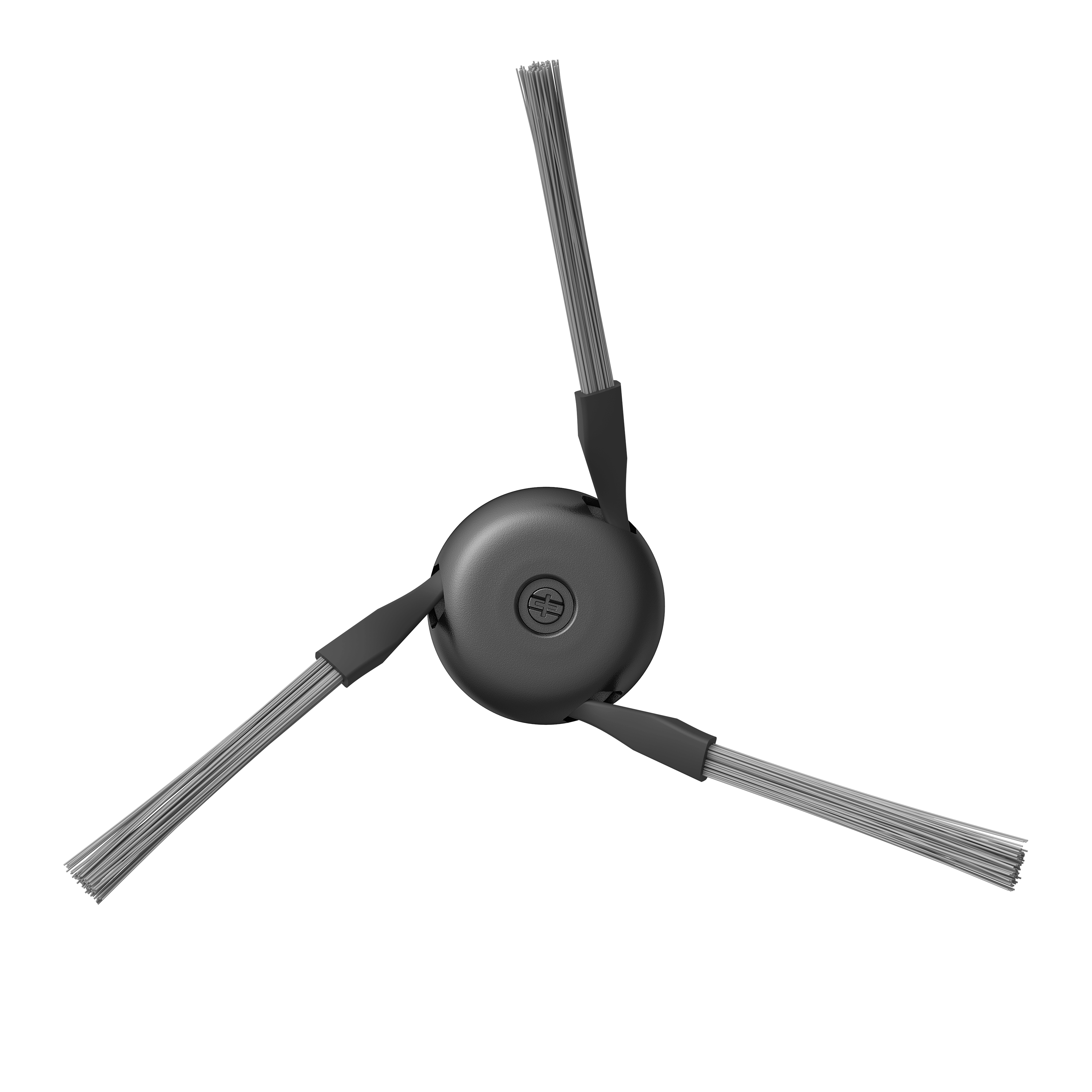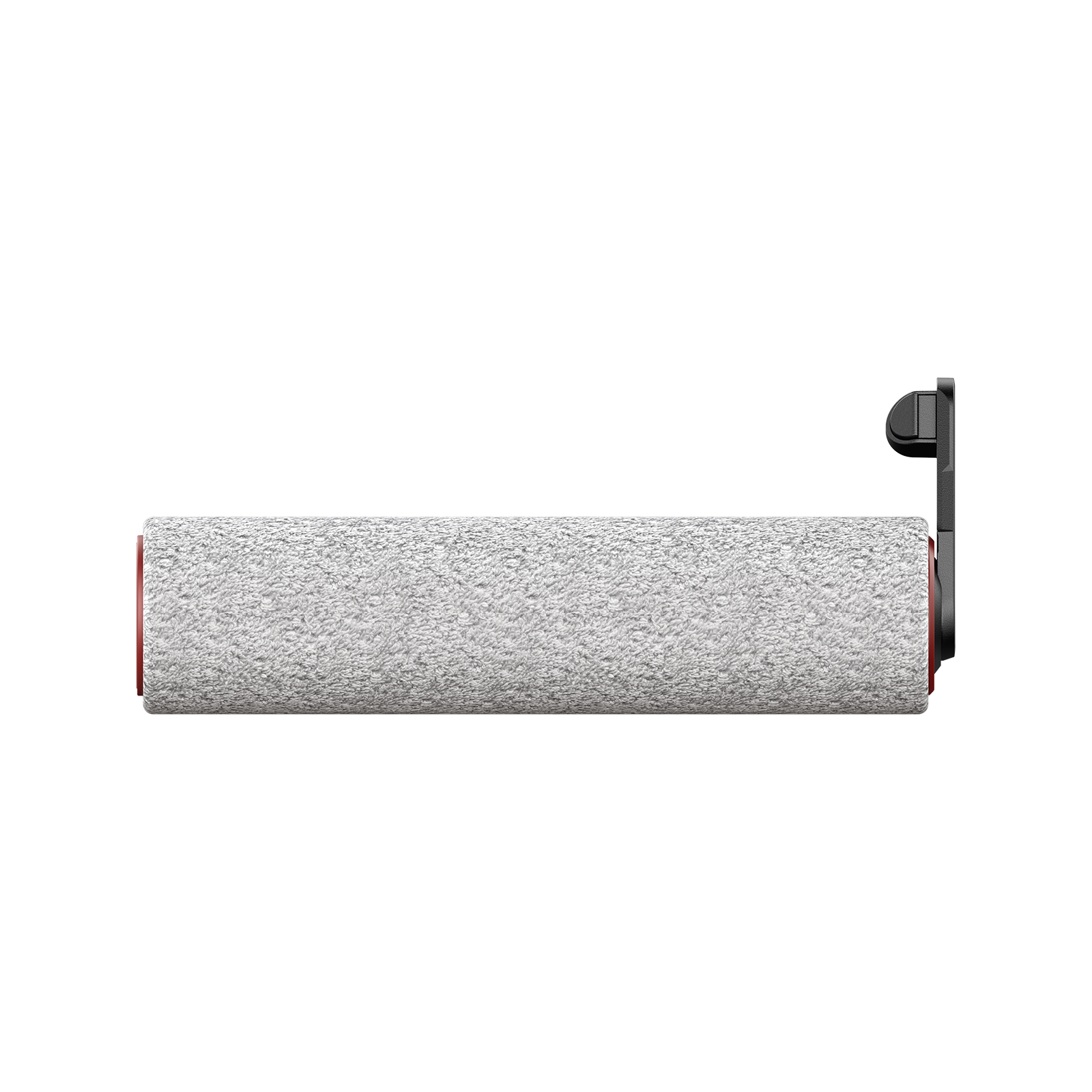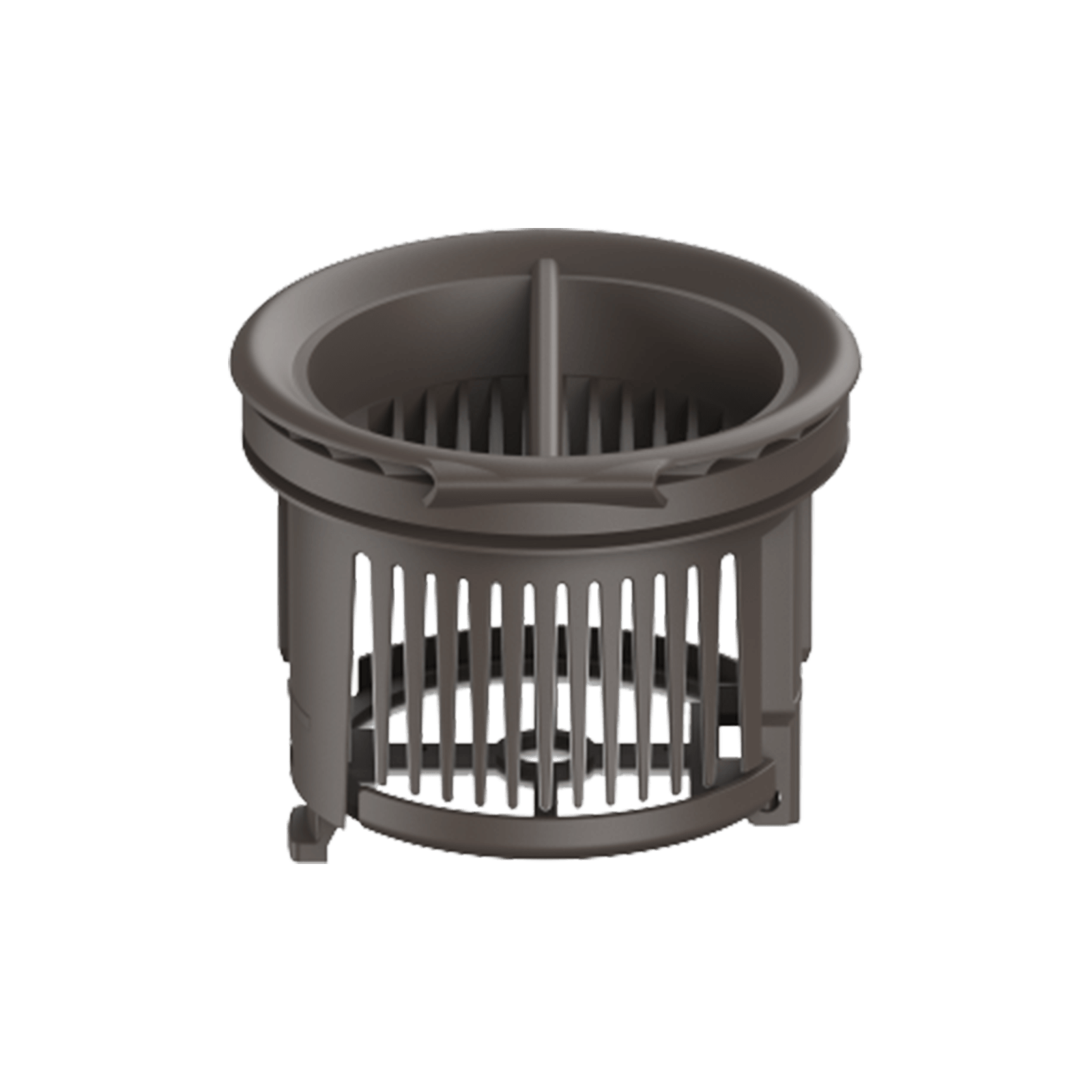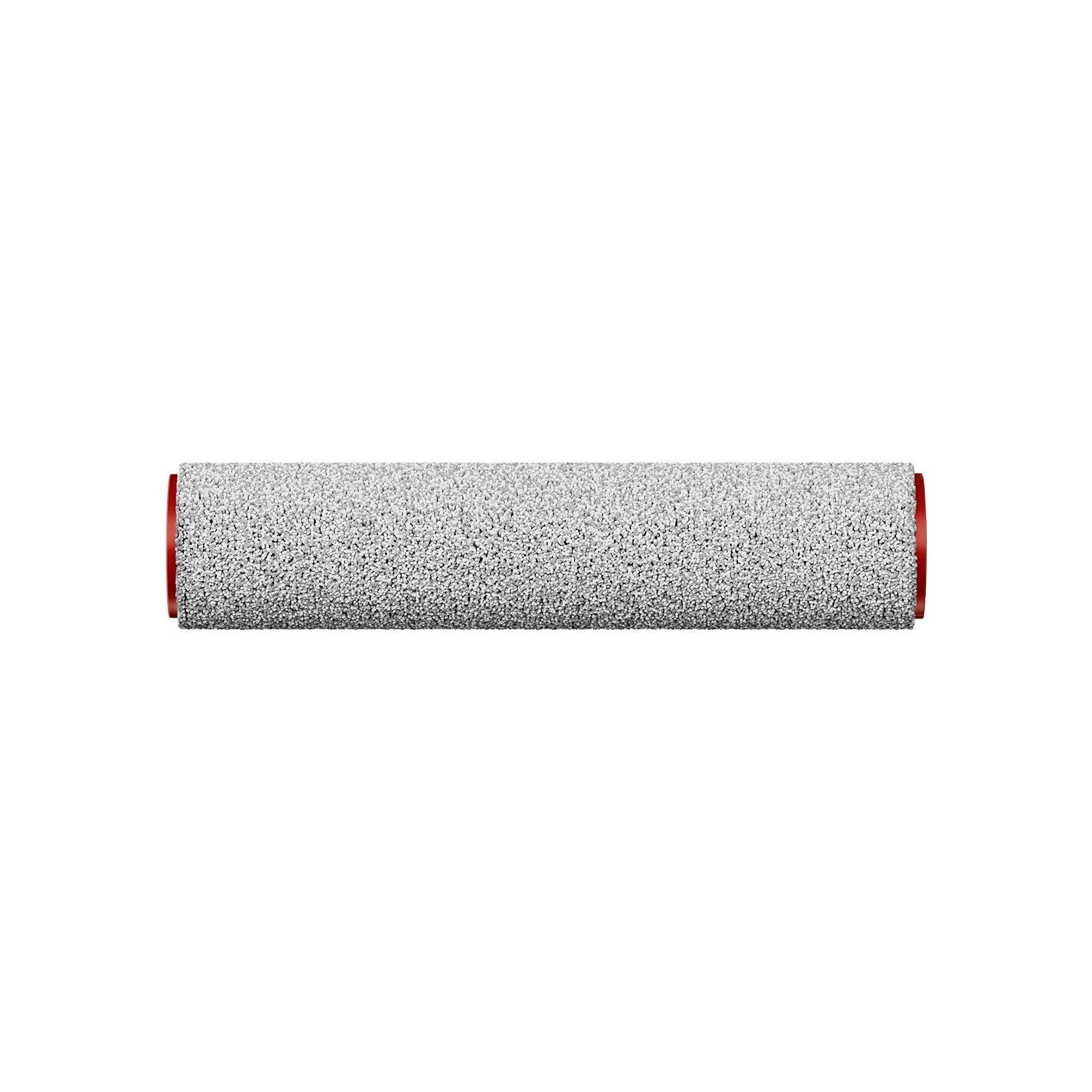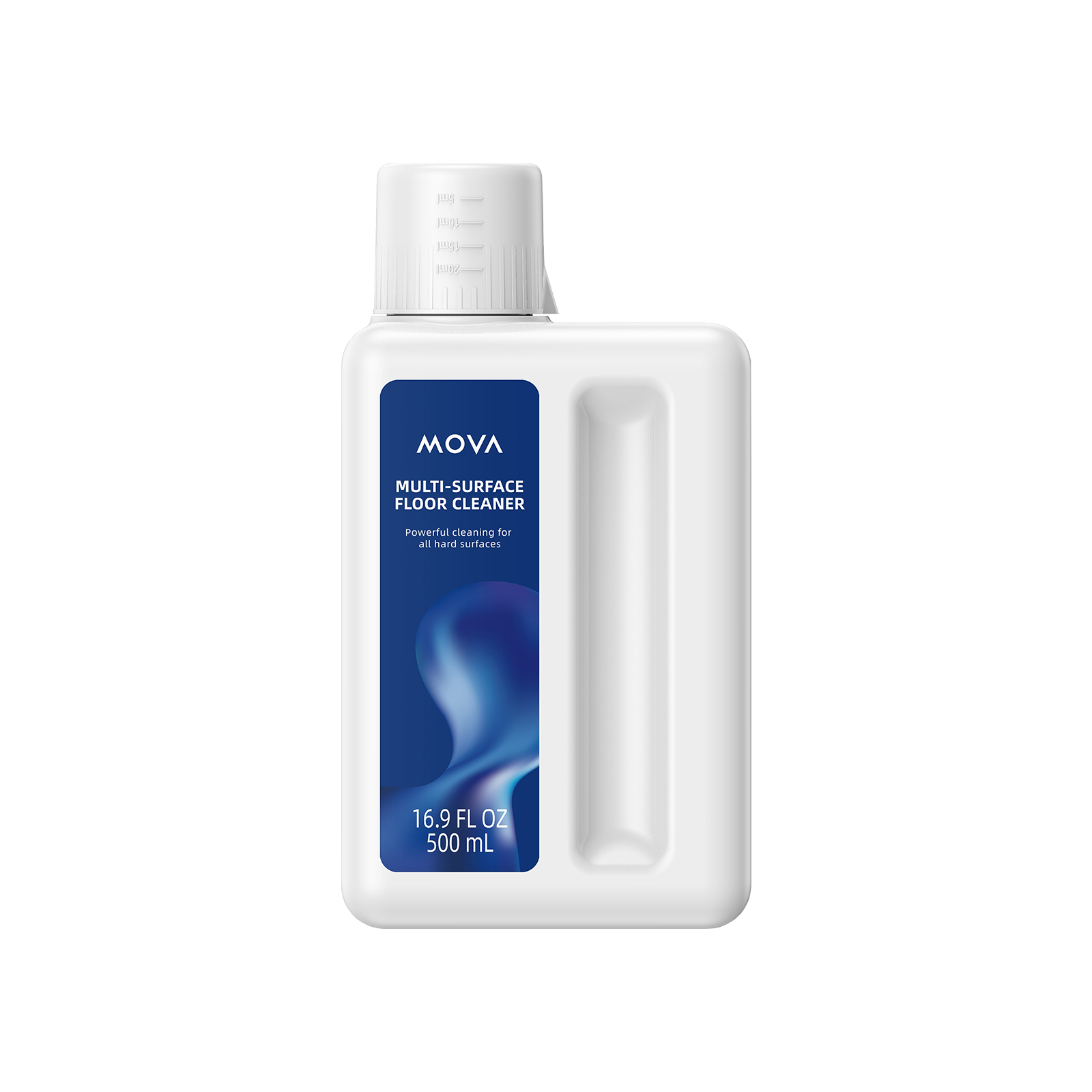Those tell-tale specks on your sheets, the itchy welts on your skin, or worse, the bugs themselves. The immediate panic is real, and your first thought is likely, "What can I do right now that doesn't involve harsh chemicals?" You might even eye your trusty vacuum cleaner in the corner and wonder, "Can this thing actually get rid of bed bugs?"
The short answer is yes, a vacuum cleaner is an extremely useful tool in the fight against bed bugs. But, and this is a critical but it is not a magic bullet or a standalone solution. Think of your vacuum as your first line of defense and a crucial support player, not the entire team. This guide will walk you through exactly how vacuuming helps, where it falls short, and the proper way to use it to protect your home.
How Vacuuming Helps in a Bed Bug Infestation
l Physical Removal: The biggest advantage of vacuuming is simple: it physically sucks up live bed bugs, their nymphs, and even some eggs. Every pass of the hose reduces the population immediately, giving you fast relief and buying time while other treatments take effect.
l Targeting Hiding Spots: Bed bugs love tight spaces mattress seams, cracks in the bed frame, behind baseboards, and even inside outlets. With the right attachments, your vacuum can reach into these hidden areas where sprays may not penetrate effectively. This makes vacuuming one of the best first-line actions you can take after spotting an infestation.
l Removing Debris: Beyond live bugs, vacuuming helps clean up the mess they leave behind cast skins, fecal spots, and eggshells. This makes it easier to monitor whether new activity is occurring and also increases the effectiveness of other treatments like insecticides or diatomaceous earth.
l A Complementary Tool: It’s important to understand that a vacuum is not a magic bullet. Bed bugs reproduce quickly, and many eggs are glued tightly to surfaces where a vacuum can’t dislodge them. That’s why vacuuming works best when it’s part of an Integrated Pest Management (IPM) approach combining it with professional treatments, encasements, heat applications, and careful monitoring.
The Critical Limitations: What Vacuuming CANNOT Do
It Won’t Eliminate an Infestation Alone
This is the single most important point to remember. Vacuuming only removes the bed bugs it can reach. Unfortunately, many remain hidden deep inside walls, box springs, or furniture joints where the vacuum simply cannot access them. Even after several rounds of vacuuming, a large portion of the infestation can remain untouched.
It Doesn’t Guarantee Killing Them
Vacuuming doesn’t necessarily kill bed bugs. Many of them survive the trip into the vacuum bag or canister. If those bugs are not properly disposed of, they can crawl right back out and spread again.
It Misses Eggs
Bed bug eggs are a major challenge. They’re coated in a sticky, glue-like substance that helps them cling firmly to surfaces such as fabric seams and wooden cracks. A vacuum often slides right past them, leaving the eggs behind to hatch later and restart the cycle.
Risk of Spreading
Used incorrectly, a vacuum can actually make the situation worse. If you empty the bag or canister indoors or fail to seal it properly you could unintentionally move bed bugs to new areas of your home. Instead of solving the problem, you risk spreading the infestation from one room to another.
How to Vacuum for Bed Bugs Effectively: A Step-by-Step Guide
Choose the Right Vacuum
Not all vacuums are created equal when it comes to bed bug control. A model like a MOVA robot vacuum is a great choice thanks to its strong suction power and reliable design.
l Bagged Vacuums are Highly Recommended: They’re easier to dispose of safely without bugs escaping.
l Strong Suction and a HEPA Filter: Suction ensures more bugs are pulled from tight spaces, while a HEPA filter keeps allergens and fine particles from blowing back into the air.
l Dedicated Use: Avoid using your everyday household vacuum. If possible, dedicate one vacuum specifically to bed bug control to avoid spreading them through the house.
The Vacuuming Process:
l Focus on Key Areas: Mattress seams, tufts, and folds; box springs; bed frames; cracks in floorboards and walls; carpet edges; furniture joints and upholstery.
l Use Attachments: The crevice tool is your best friend here—it can get into mattress seams, corners, and tiny gaps.
l Go Slow and Methodical: Take your time. Bed bugs cling tightly to fabric and surfaces. A rushed pass often misses them.
The Crucial Step: Immediate Disposal
This is the most important part of the entire process. If you skip this, you've just stored live bed bugs in your vacuum.
l For Bagged Vacuums: As soon as you are finished, turn off the vacuum and take it outside. Carefully remove the vacuum bag, place it immediately into a heavy-duty, sealable plastic bag, seal it tightly, and place it directly into your outdoor trash bin.
l For Bagless Vacuums: Empty the canister's contents directly into a sealed plastic bag outside. Then, to kill any remaining bugs inside the canister, you must clean it. You can place the washable parts in a freezer for at least 72 hours or wash them with very hot, soapy water.
What to Do AFTER You Vacuum: The Essential Next Steps
Vacuuming alone isn’t enough. To truly eliminate bed bugs, follow up with these key steps:
l Steam Cleaning: Use a high-temperature steam cleaner on mattresses, furniture, and carpets. Heat above 120°F (49°C) kills all life stages of bed bugs, including eggs.
l Encasements: Protect your mattress and box spring with certified bed bug-proof encasements. This traps any survivors inside and prevents new ones from hiding.
l Insecticides & Desiccants: Consider EPA-approved bed bug sprays or desiccant dusts like diatomaceous earth or CimeXa. Apply carefully, following product directions or professional guidance.
l Repeat, Repeat, Repeat: During an active infestation, vacuum daily or every other day. Consistency is the key to catching newly hatched nymphs before they mature.
Conclusion: Vacuuming is a Tool, Not a Cure-All
Your vacuum cleaner is one of the most powerful tools you have for managing a bed bug infestation, but it is not a standalone cure. Its power is in its ability to immediately reduce the population and support other, more definitive treatment methods.
For a very small, early infestation, an aggressive and relentless regimen of vacuuming, steaming, and using encasements and desiccants can potentially solve the problem. However, for most infestations especially larger ones professional pest control is strongly recommended. Exterminators have access to more powerful tools and the experience to use them effectively. Even then, the prep work they'll tell you to do will involve a lot of the vacuuming steps outlined here. It remains a critical part of the solution, from start to finish.
If you're dealing with a persistent bed bug problem, don't hesitate to contact a licensed pest control professional for a free quote and a comprehensive solution.


